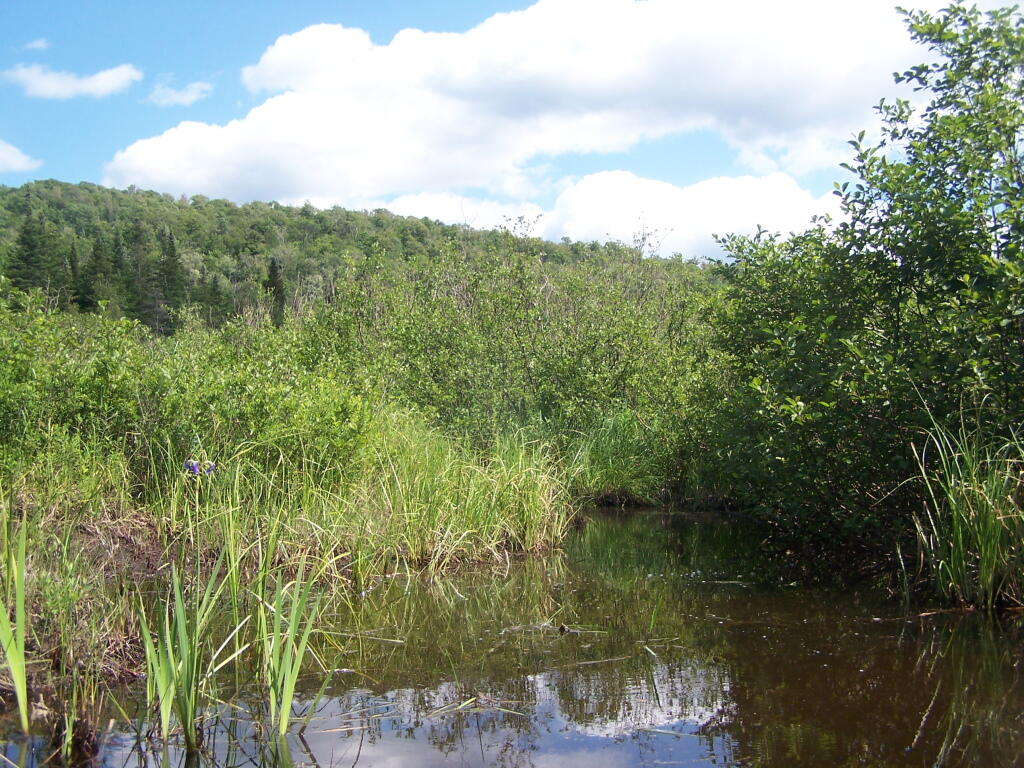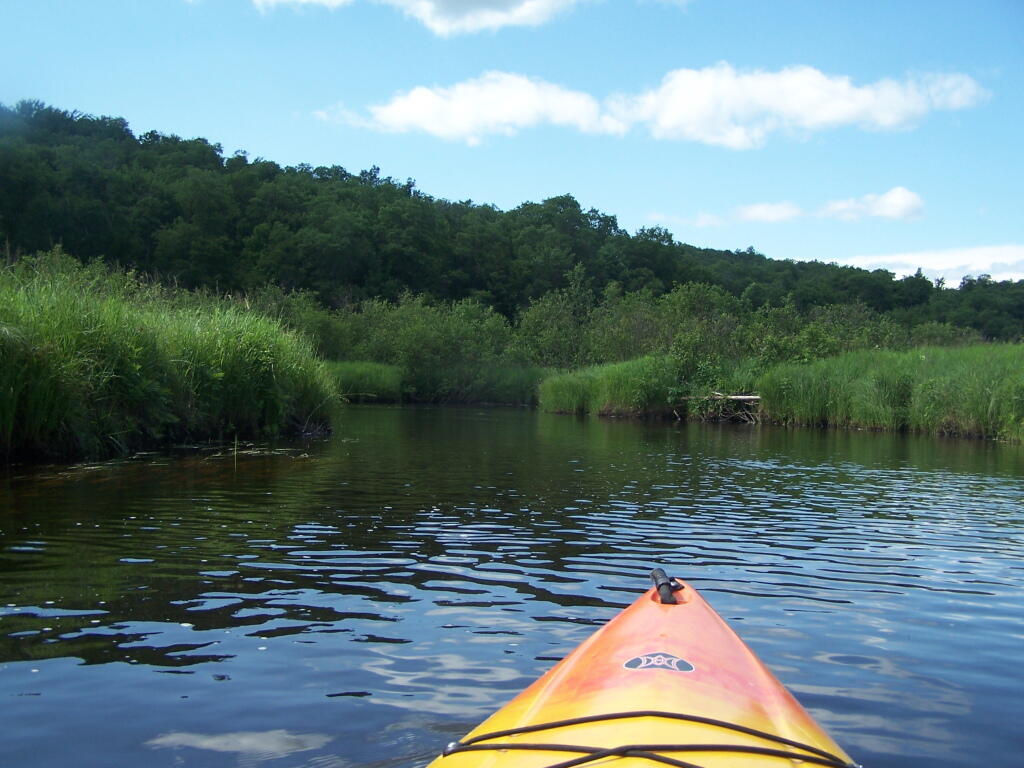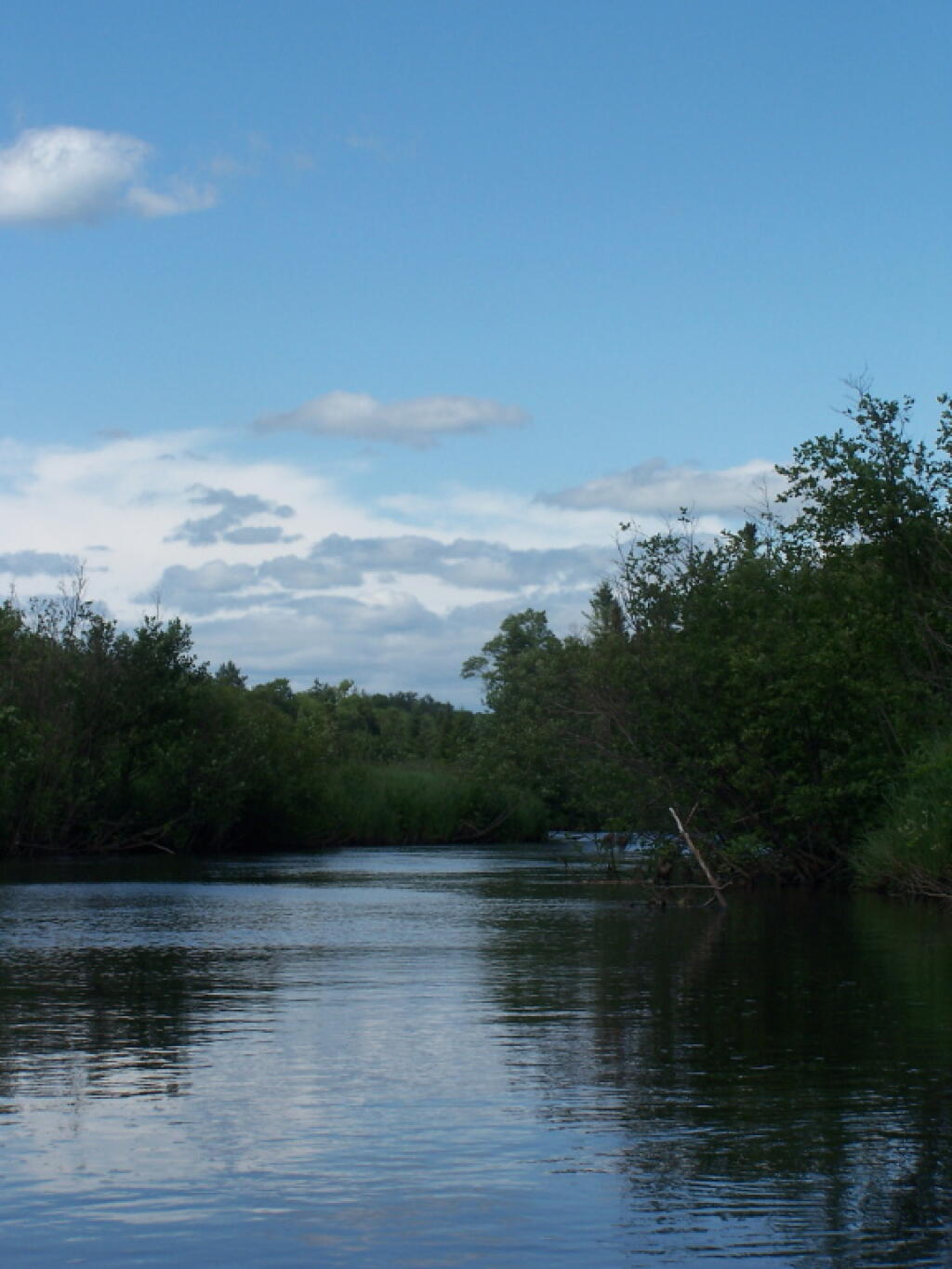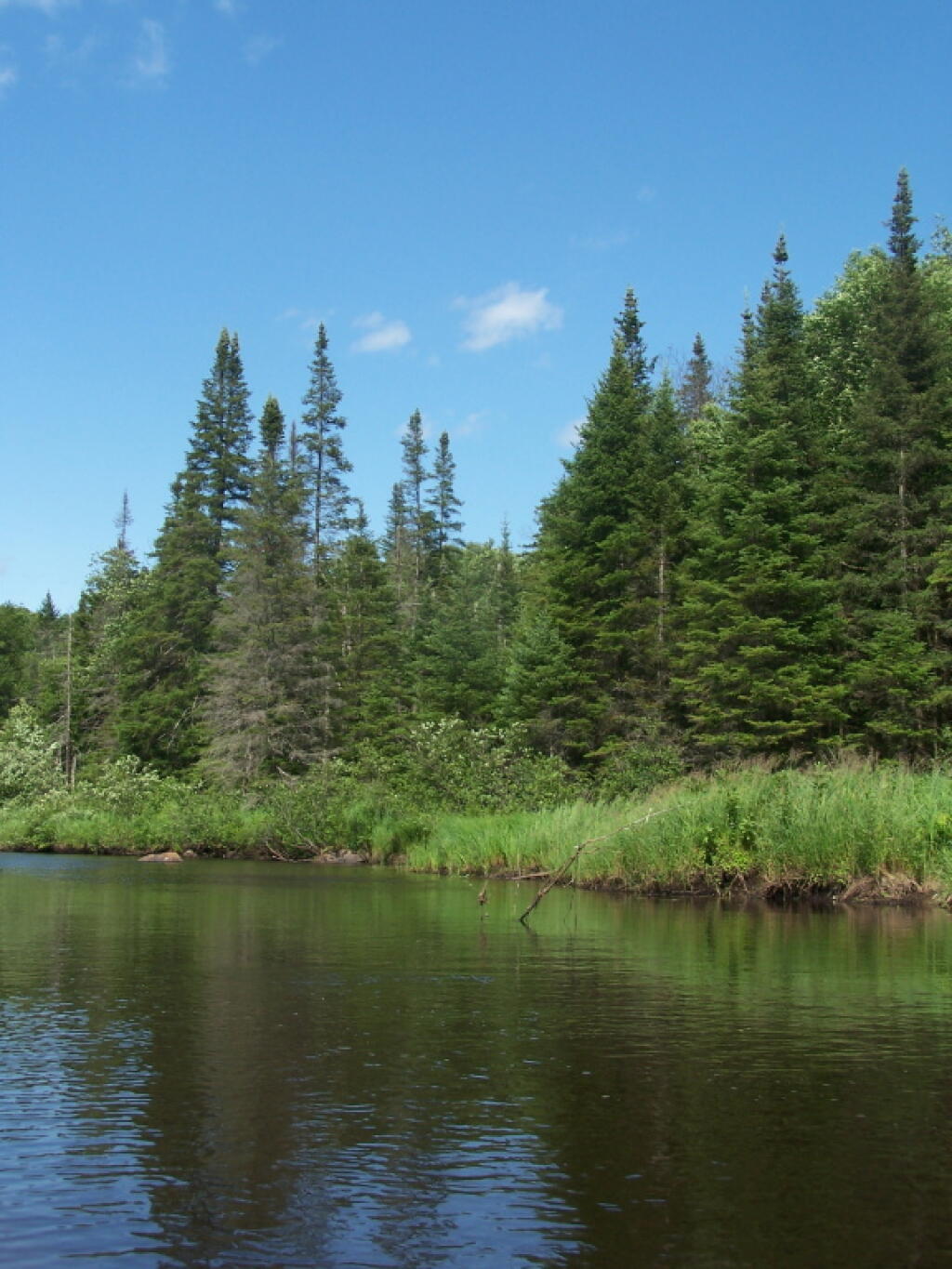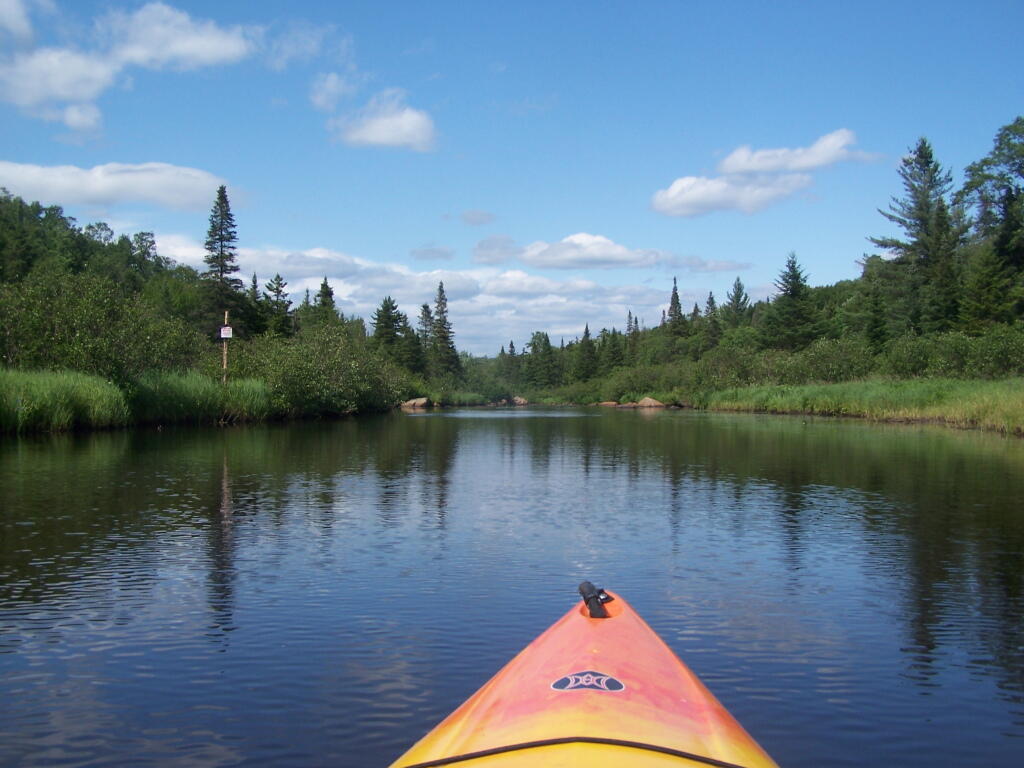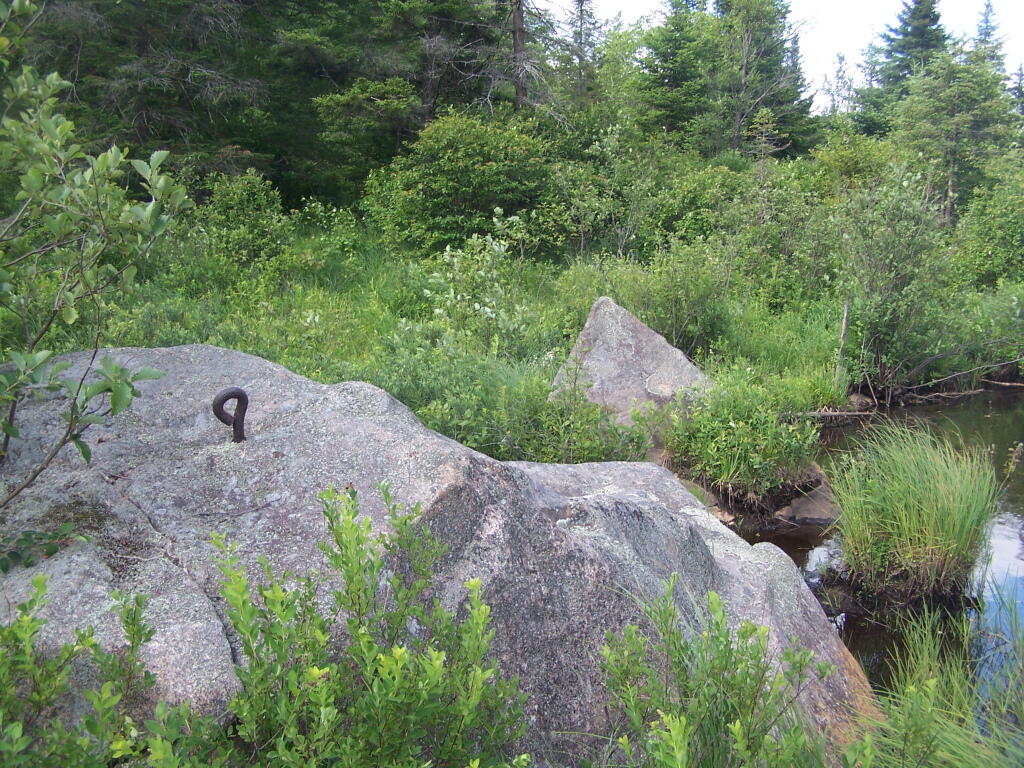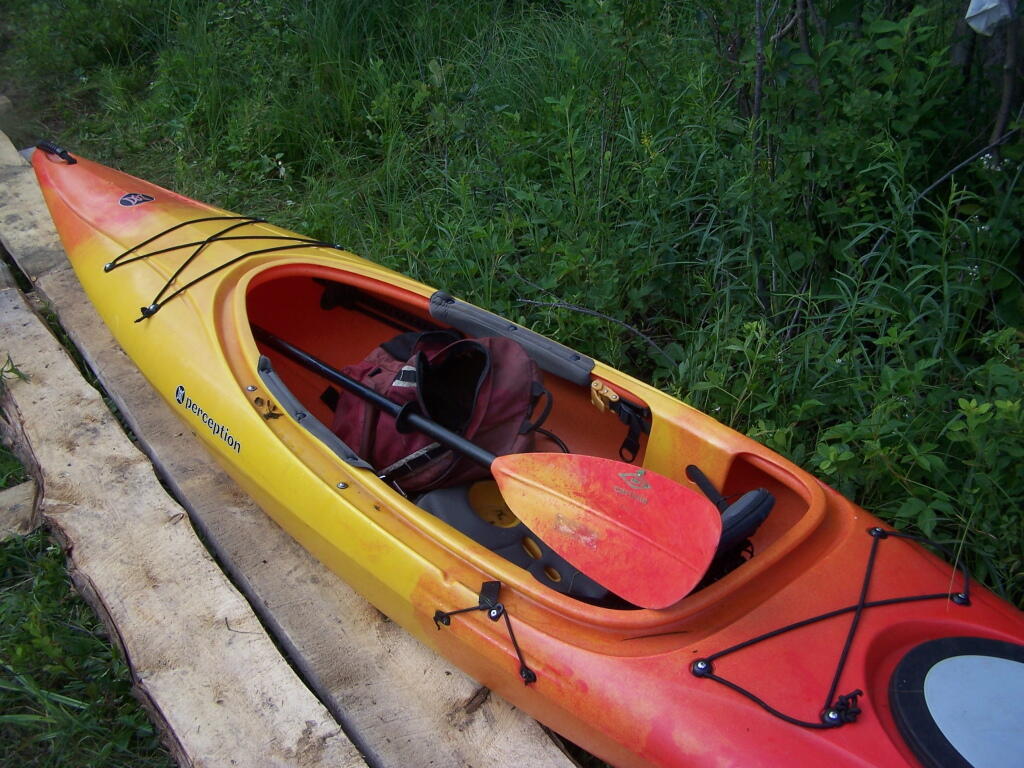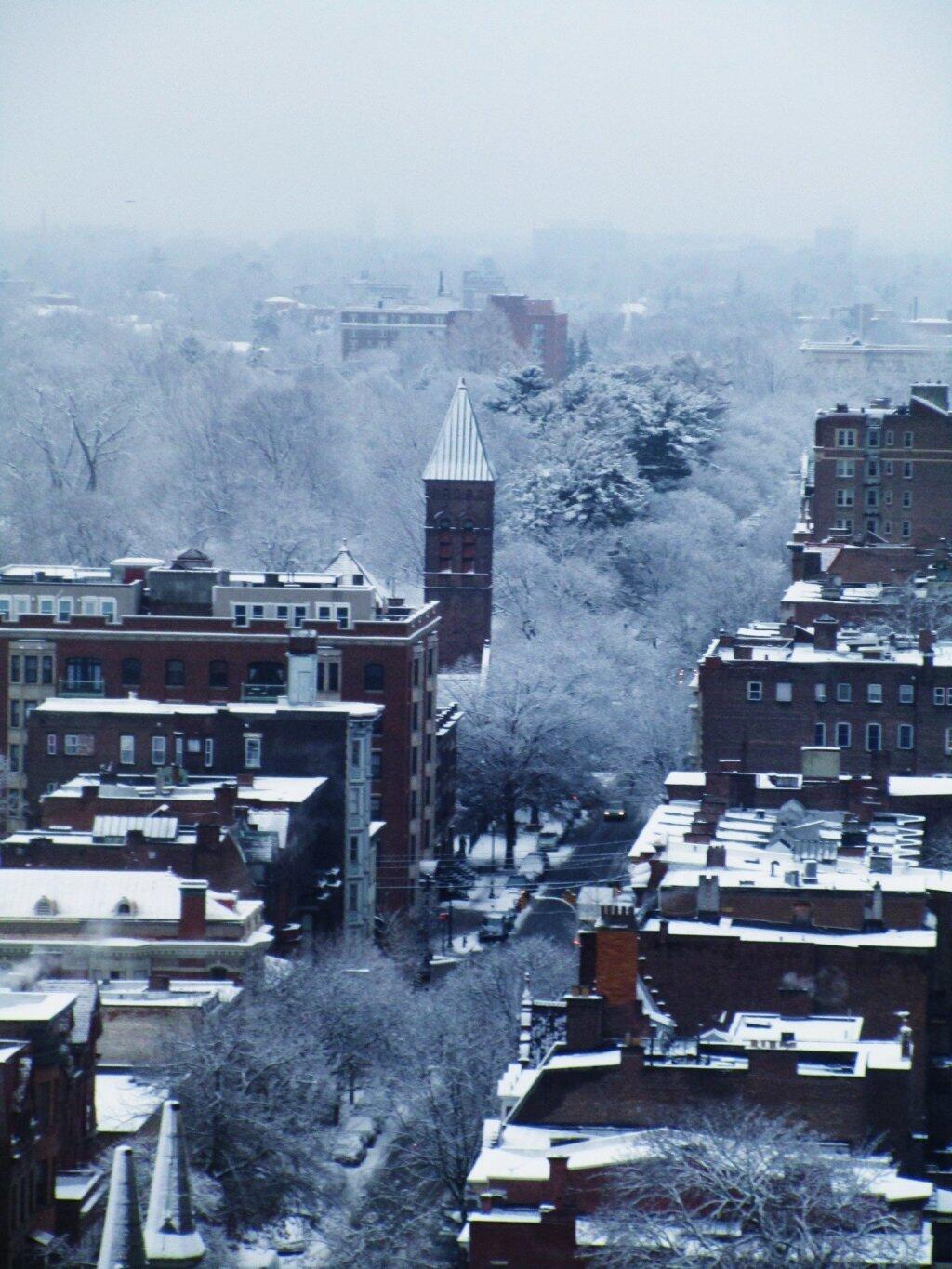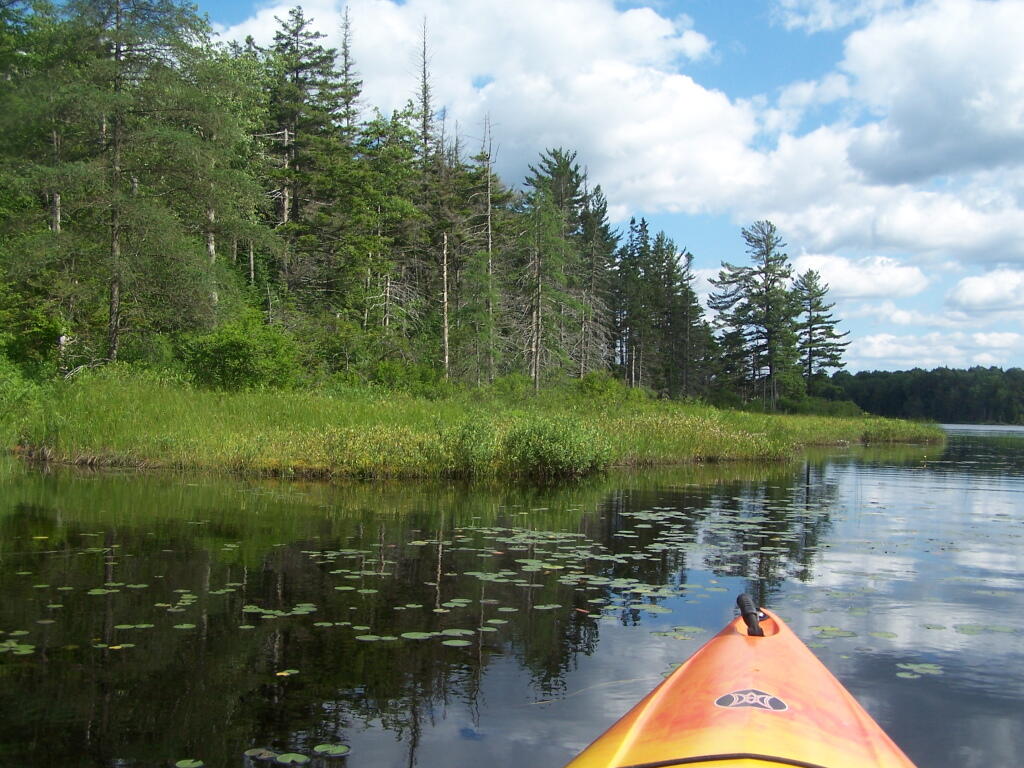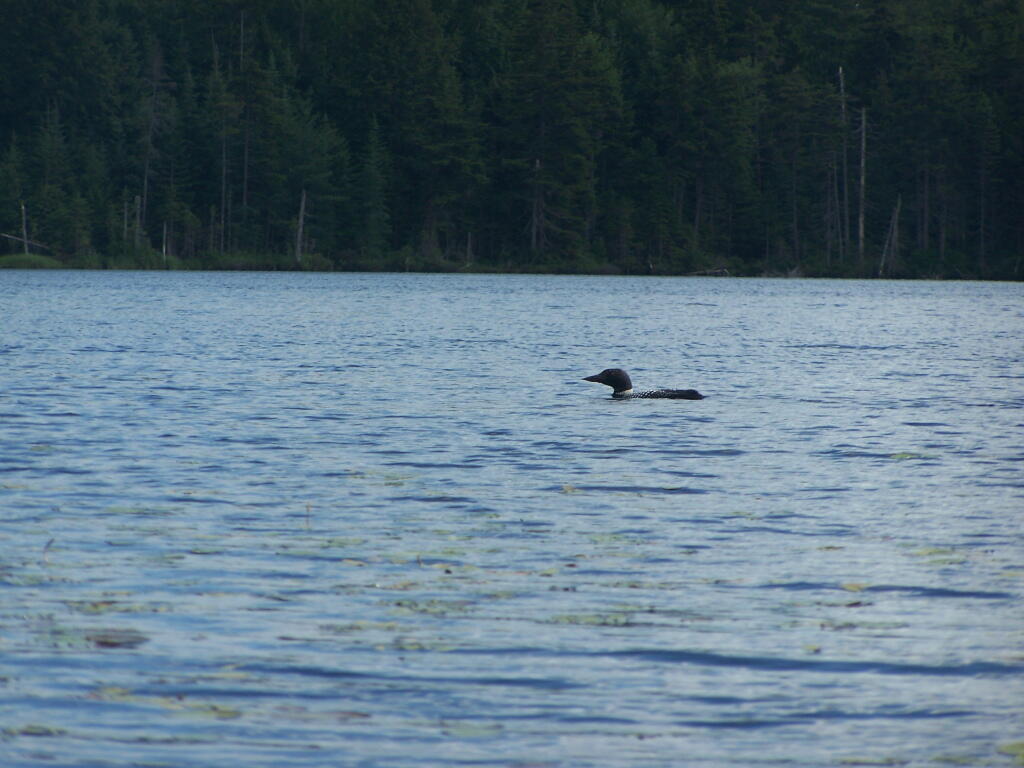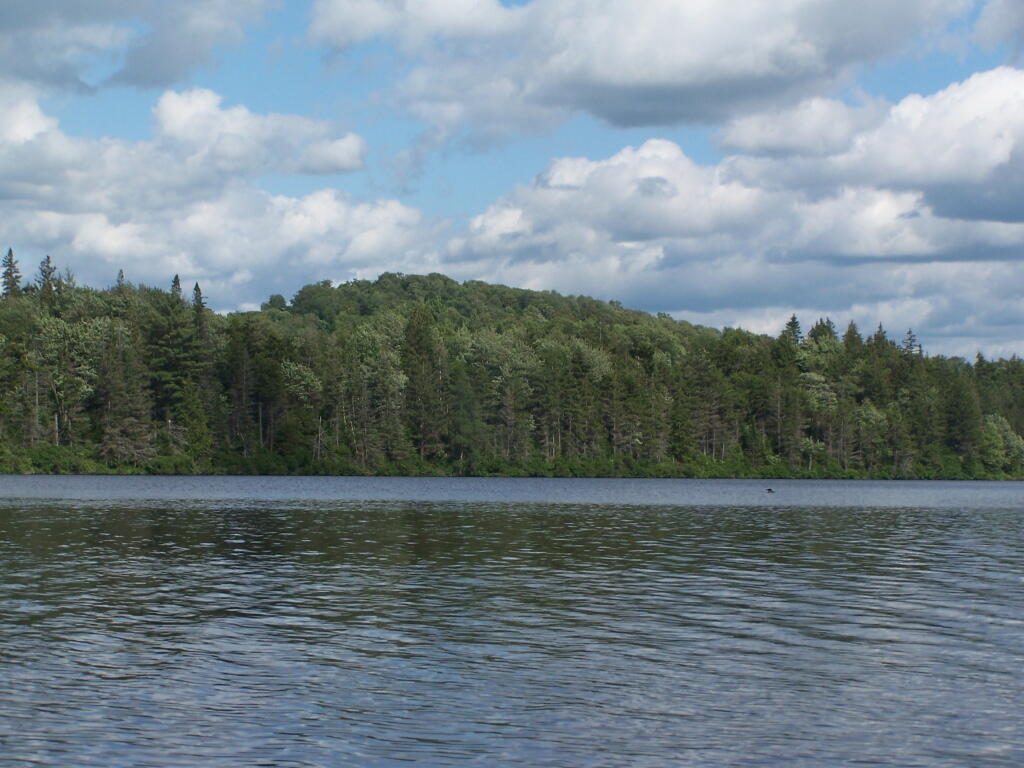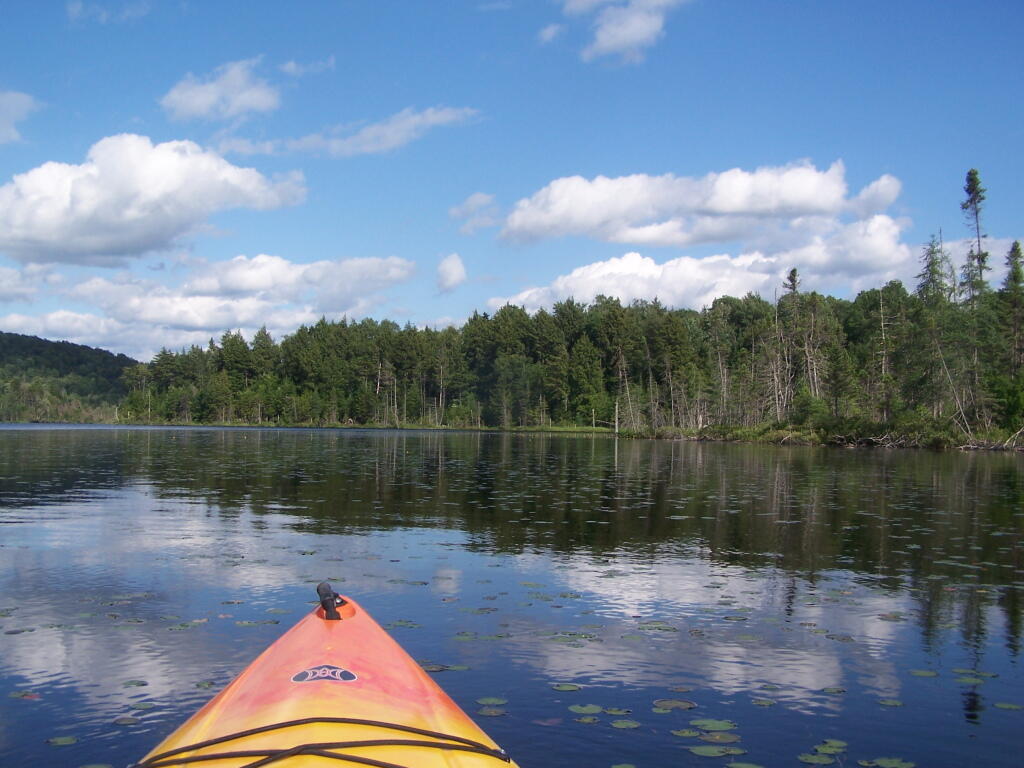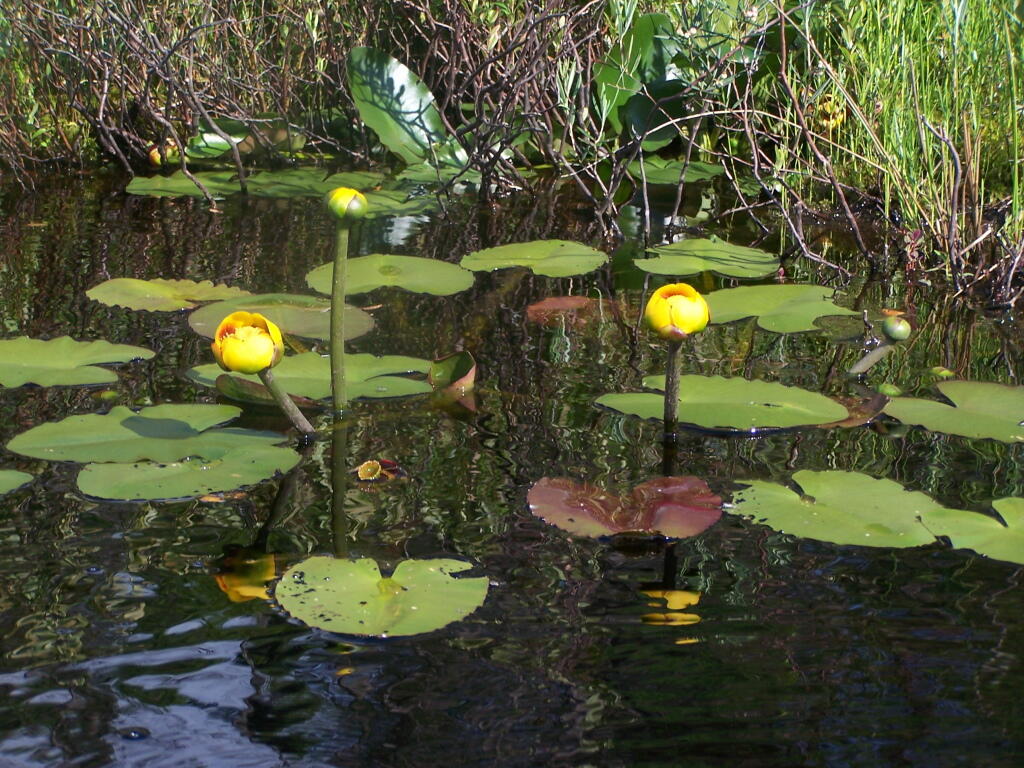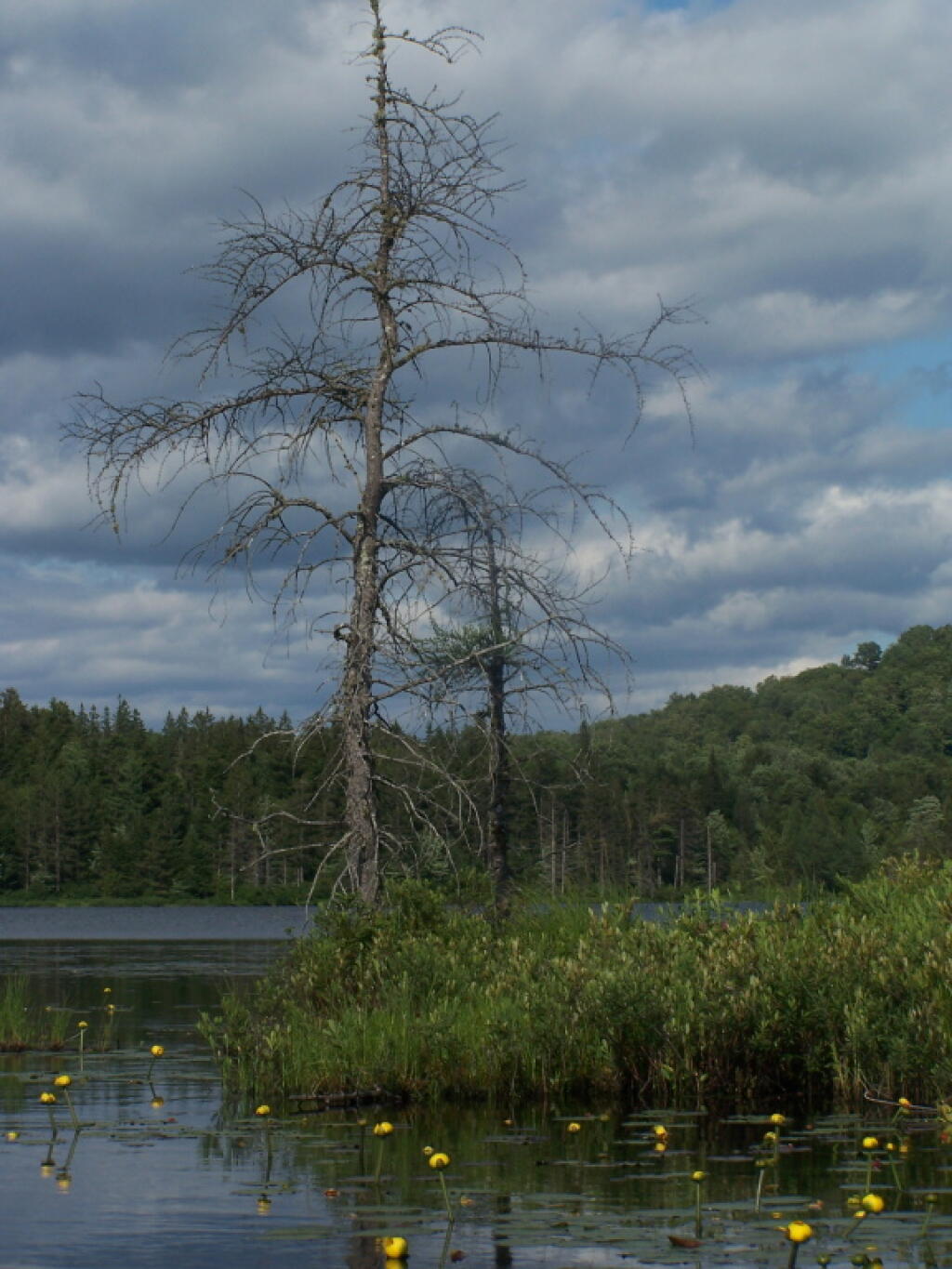New York State requires you to get a camping permit if you stay in a spot or a campsite for more then 3 nights. I have never bothered to get a permit, unless the rare times I see a forest ranger, and he asks me to fill out a camping permit. I generally do not get camping permits, because I don’t stay more then 3 nights in any one spot – if I was a hunter, setting up a base camp in big game season – it might be different.
Pros.
- It shows that you are using the land, providing justification for the DEC to spend more funding on that piece of land versus another piece of land.
- It’s nice to stay at one site for an extend period, if you plan to stay in that general area, so you don’t have to pick up and remake camp every couple of night.
- You don’t have to necessarily camp at a designated spot or farther then 150 feet from road or water if you get the permit for another place.
- In case you are reported lost or injured, the forest ranger knows where to look.
- There is no charge, and all you have to do give forest ranger a call with your license plate and other basic information.
Cons.
- You have to plan where you are going a couple of weeks in advance to give the forest ranger a change to mail you the perm
- Staying in one place leads to more wear on the campsite.
- It can be be boring to camp in one site for an extended period.
- Do you really want to tell the government where your camping, so it can track you?


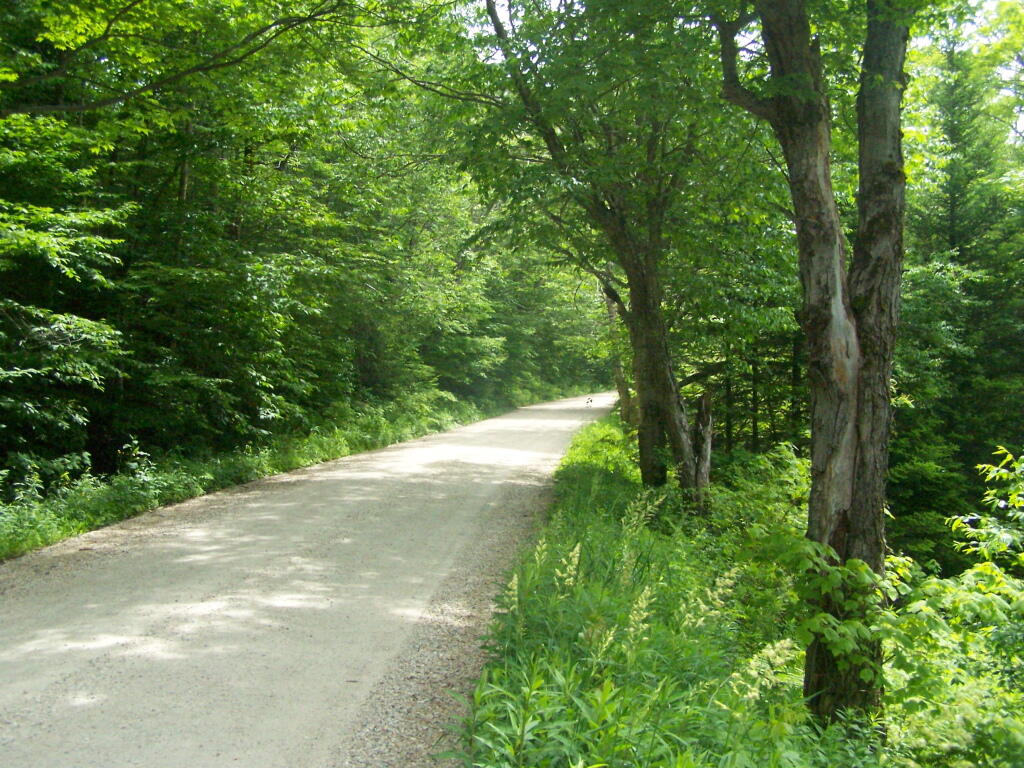

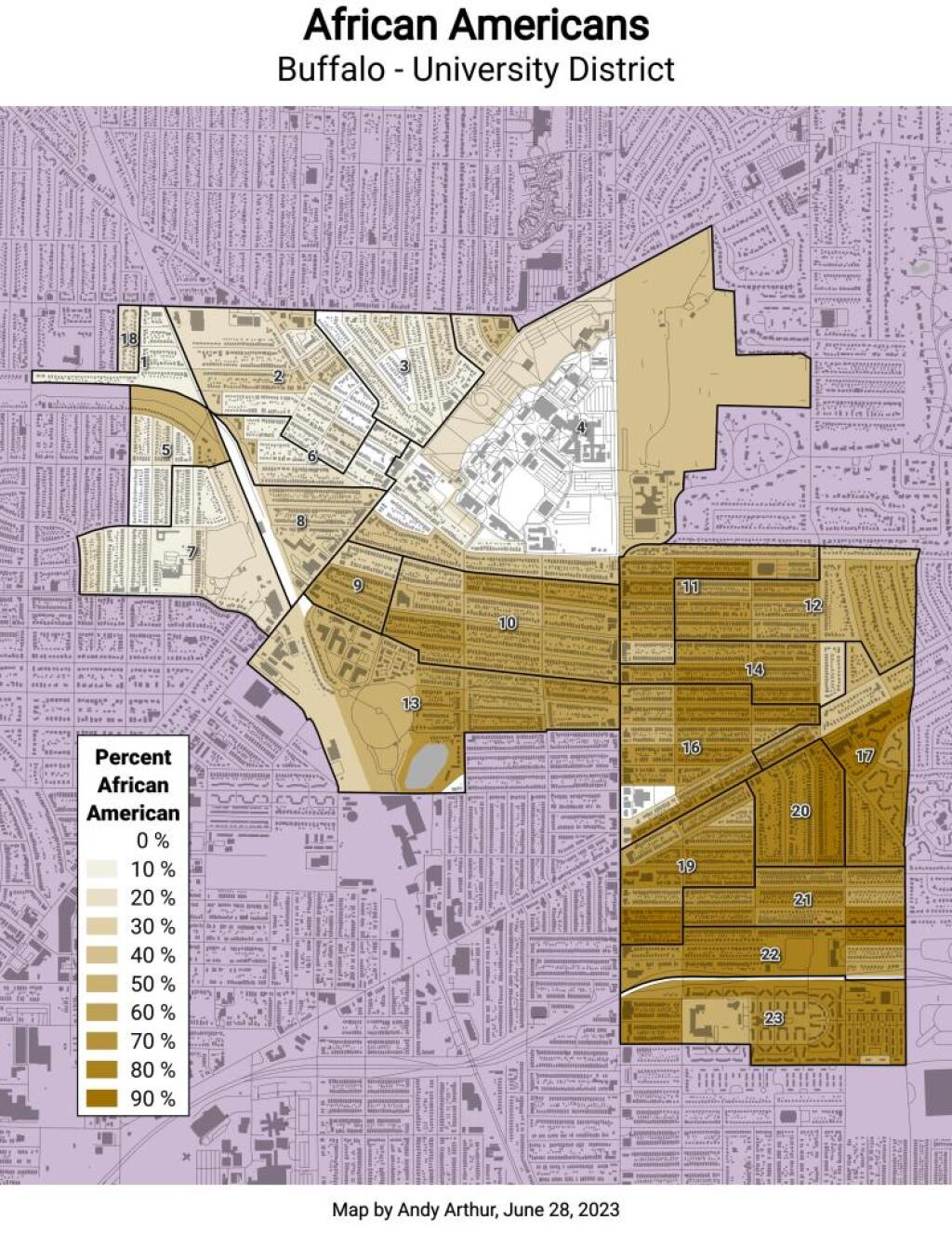
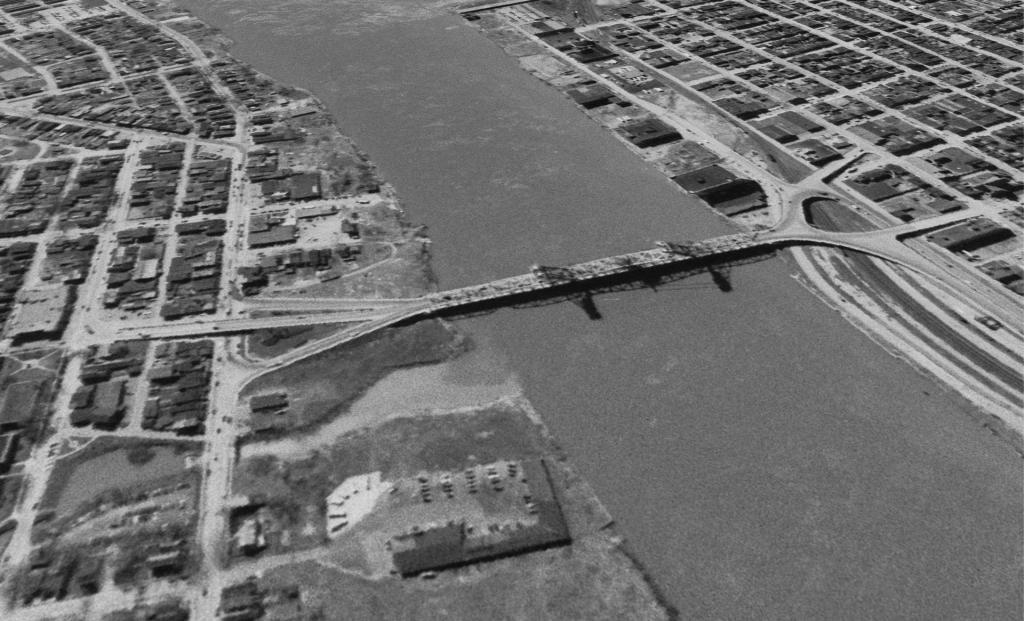
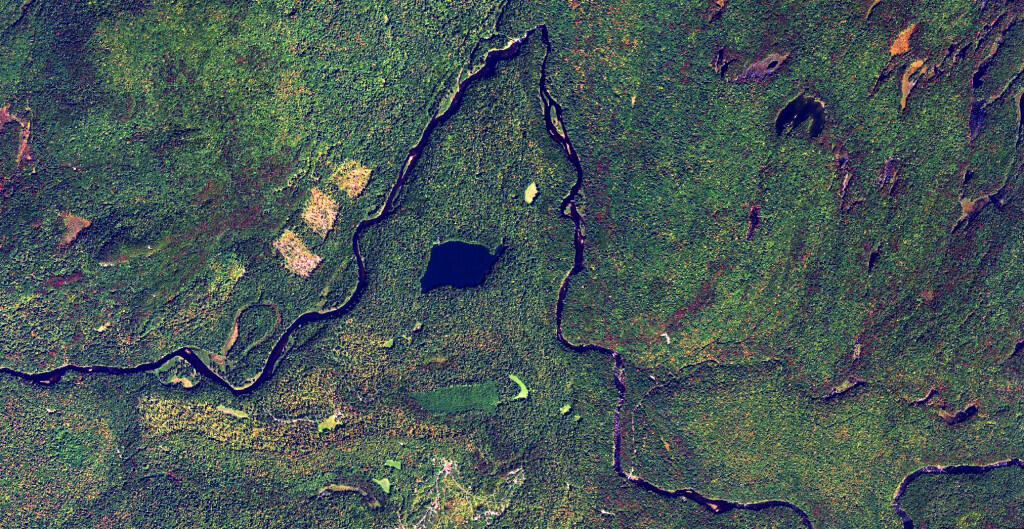

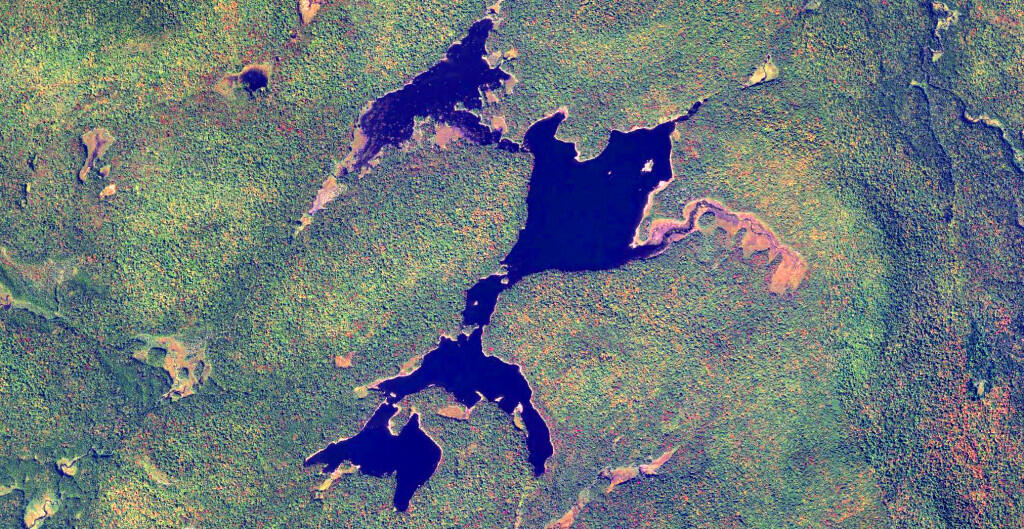
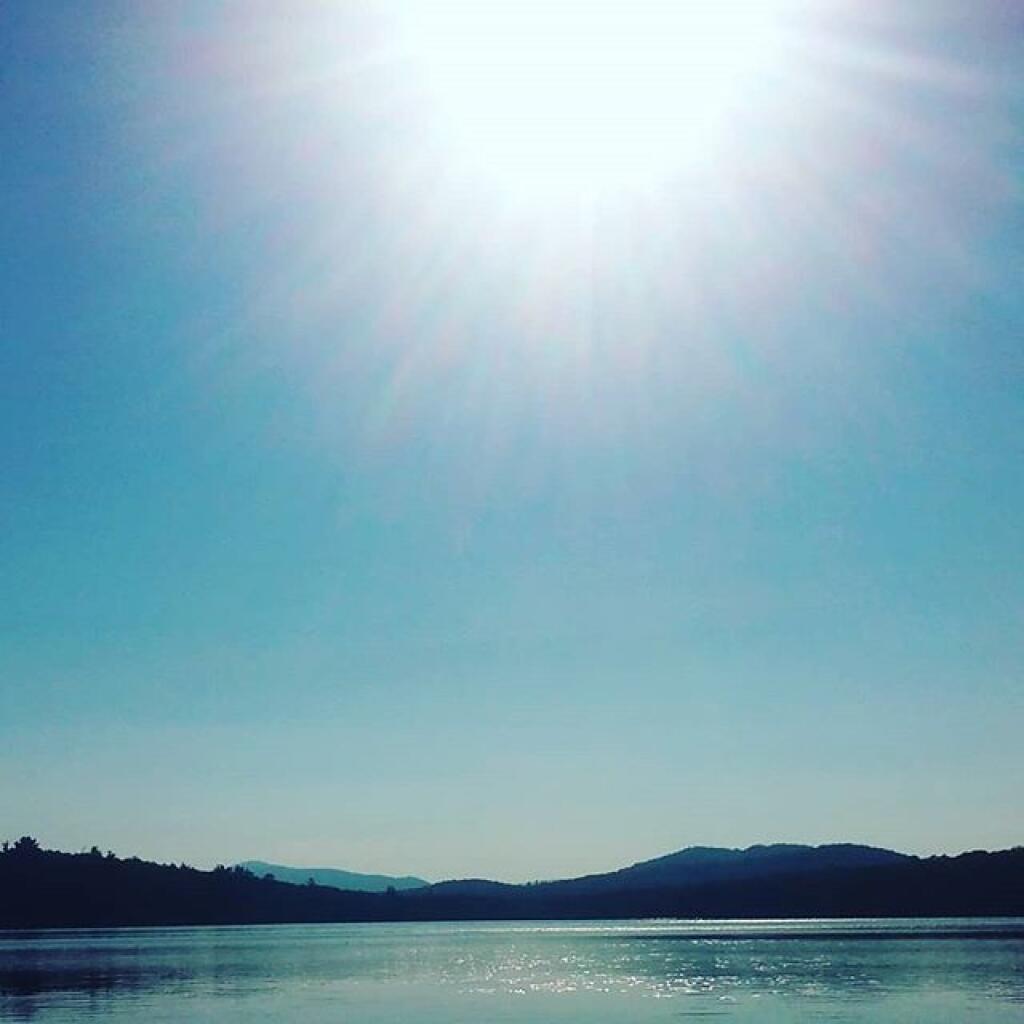
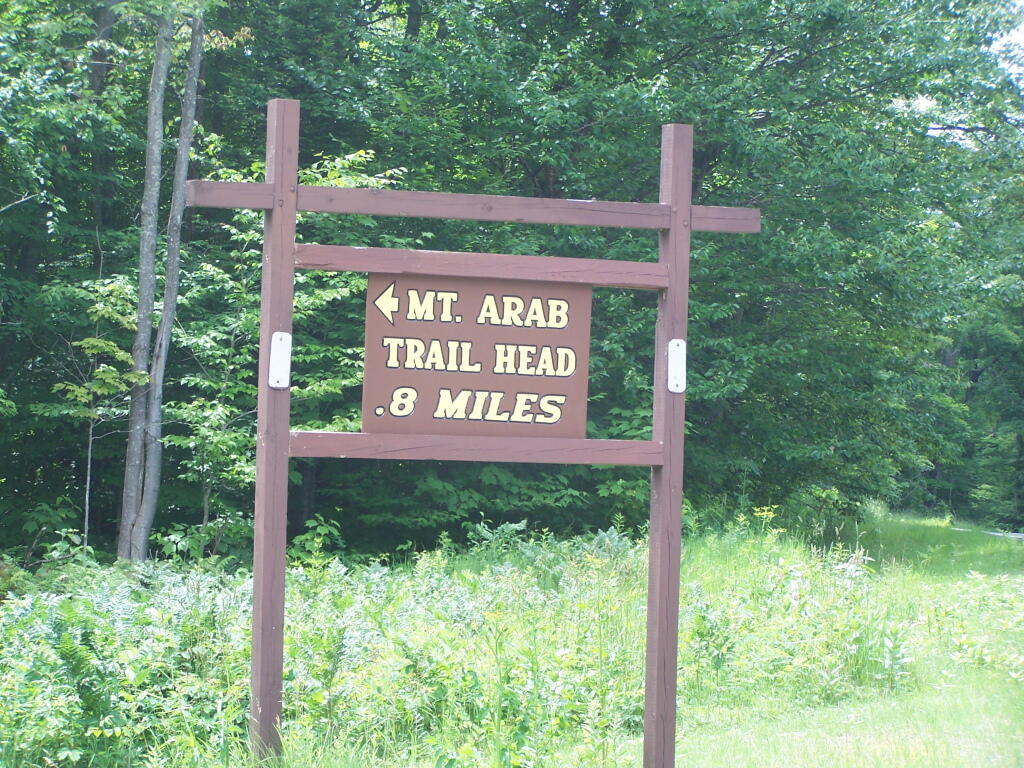


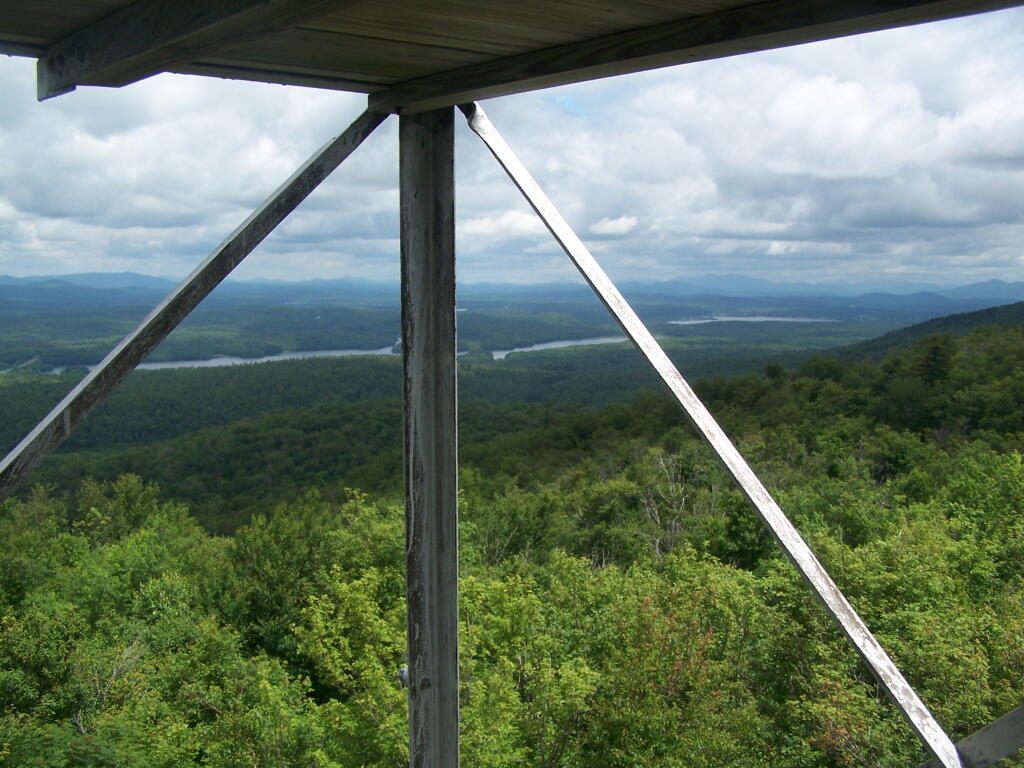


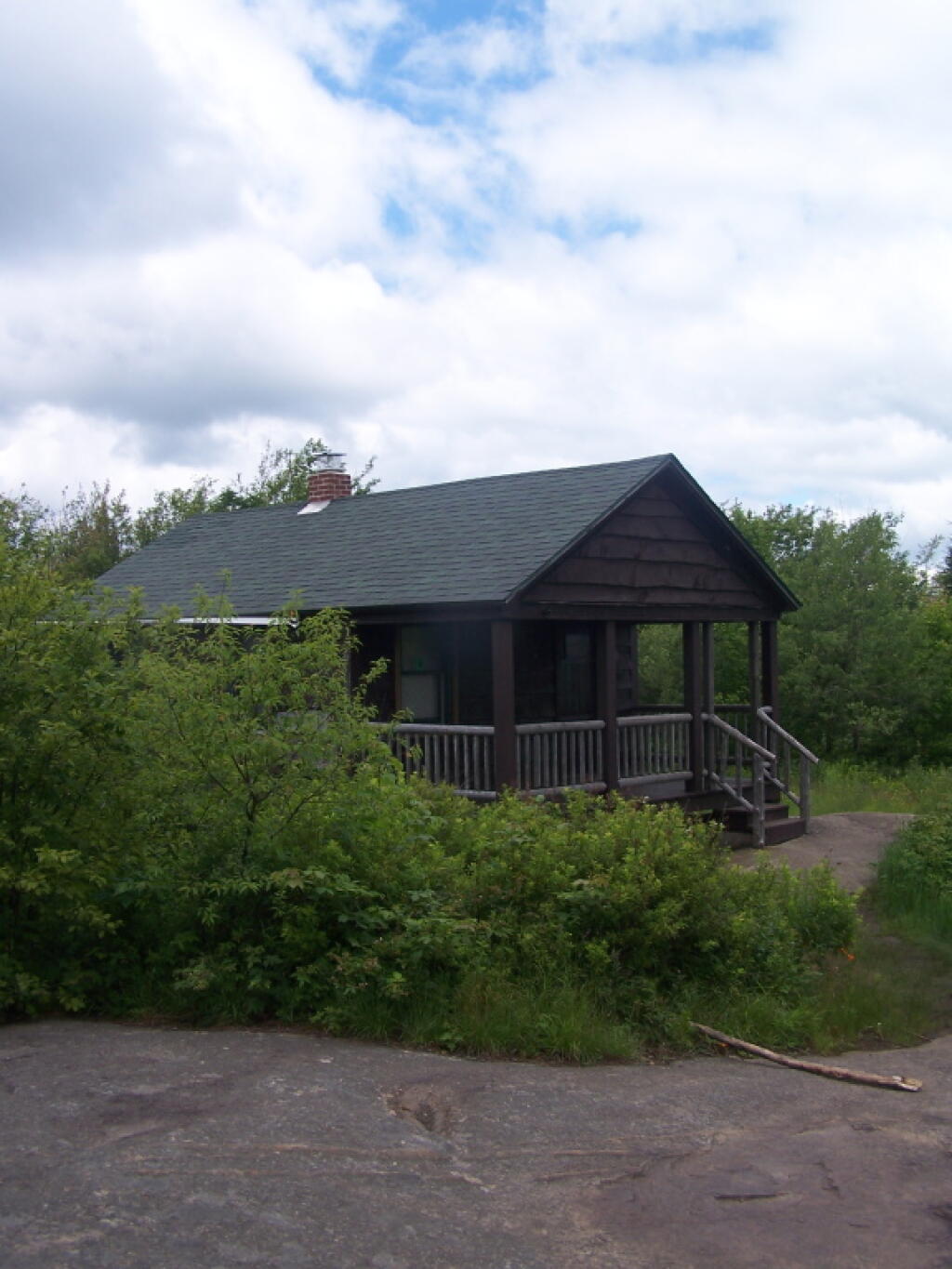
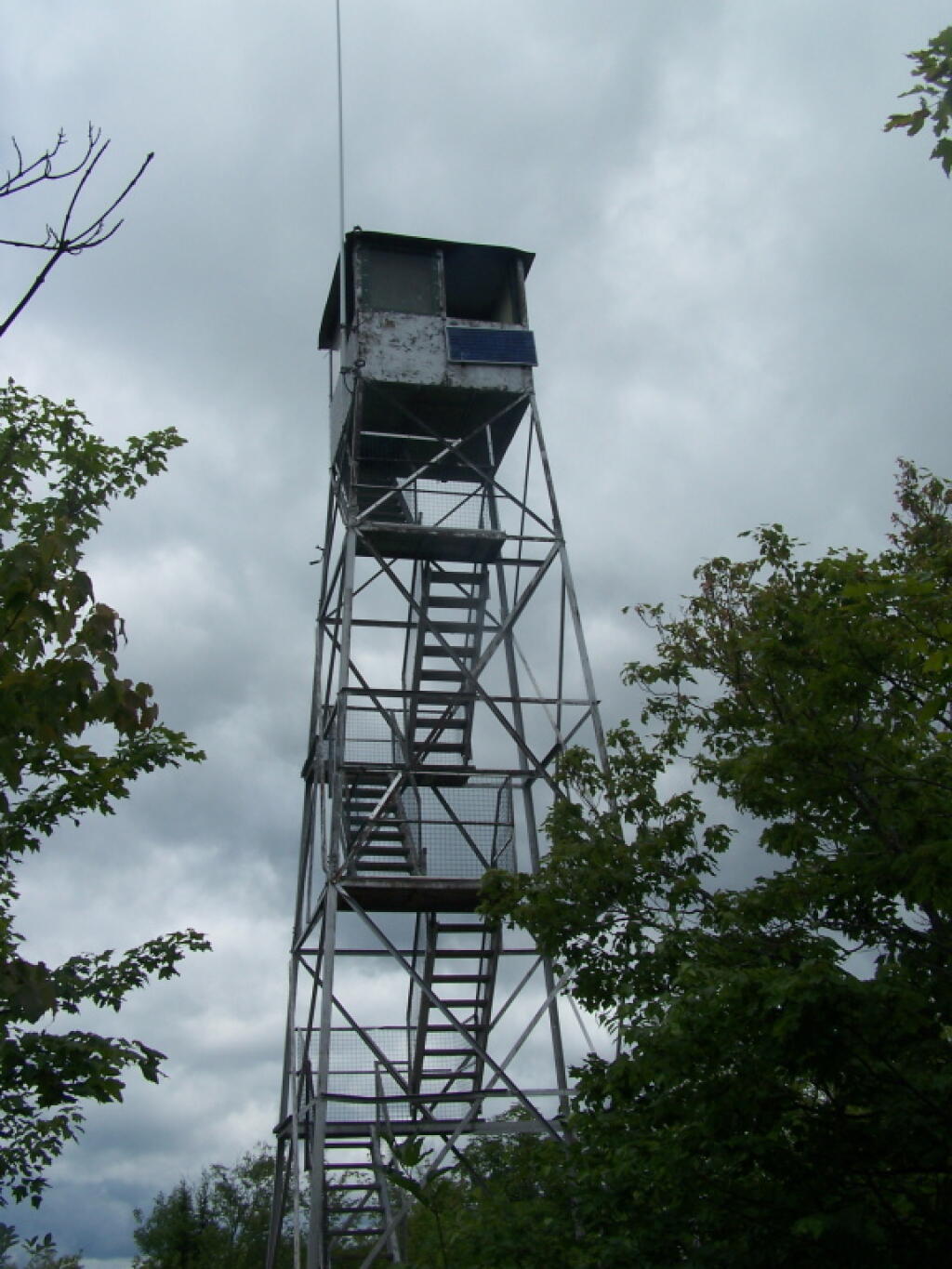
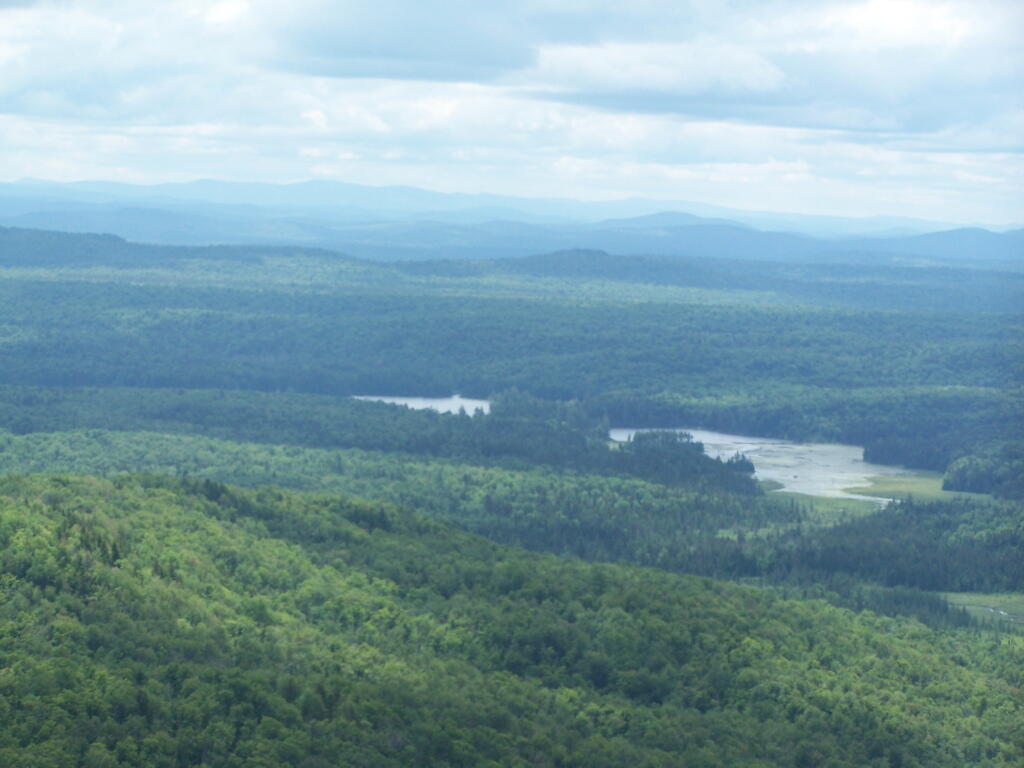
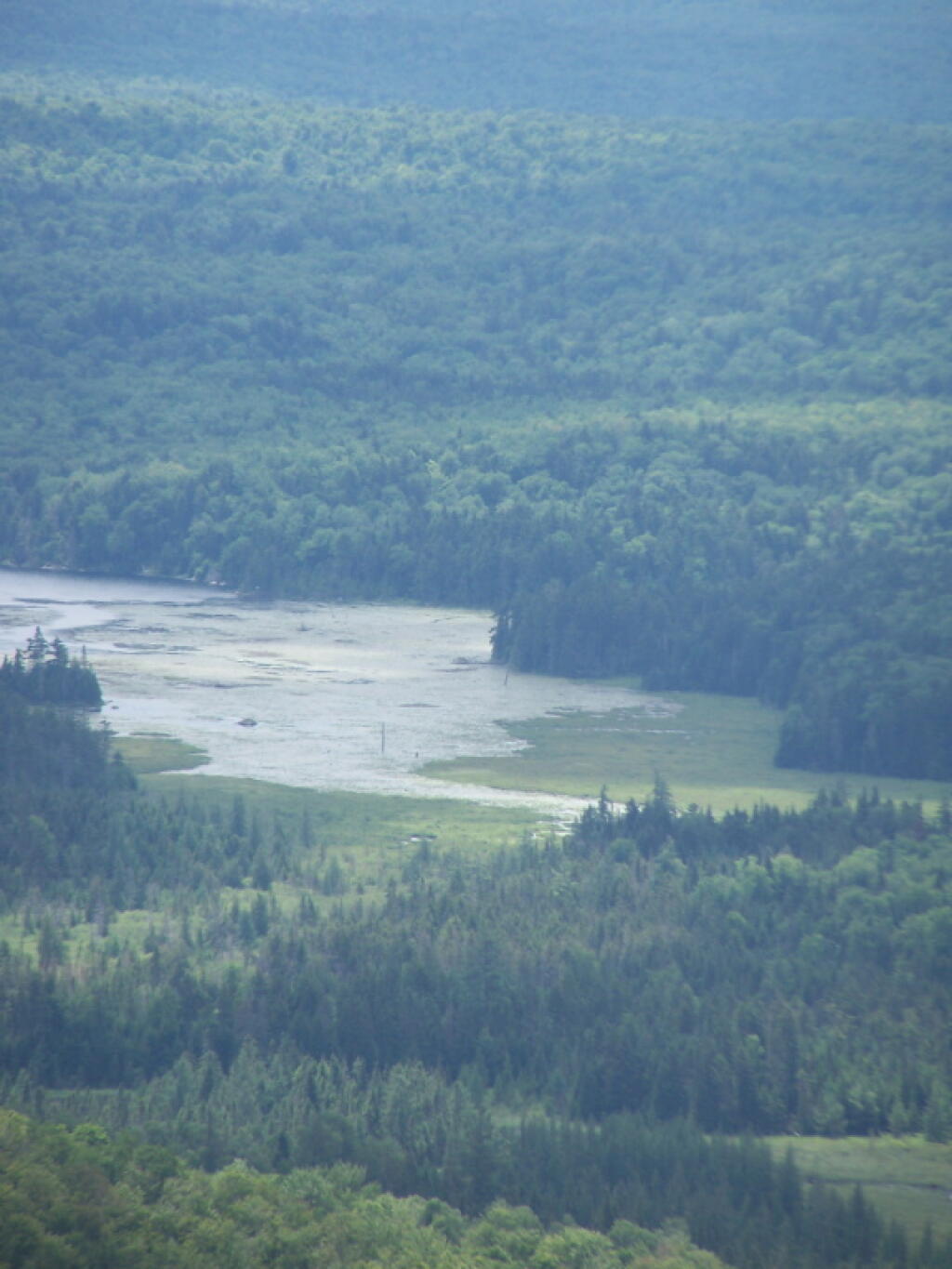
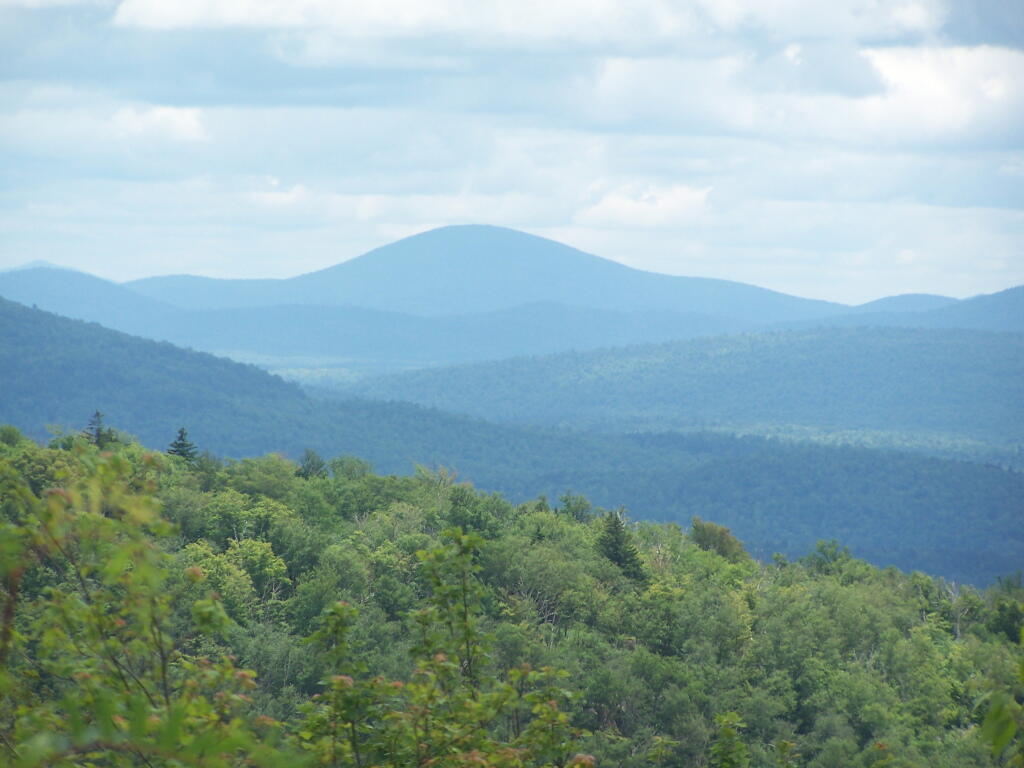
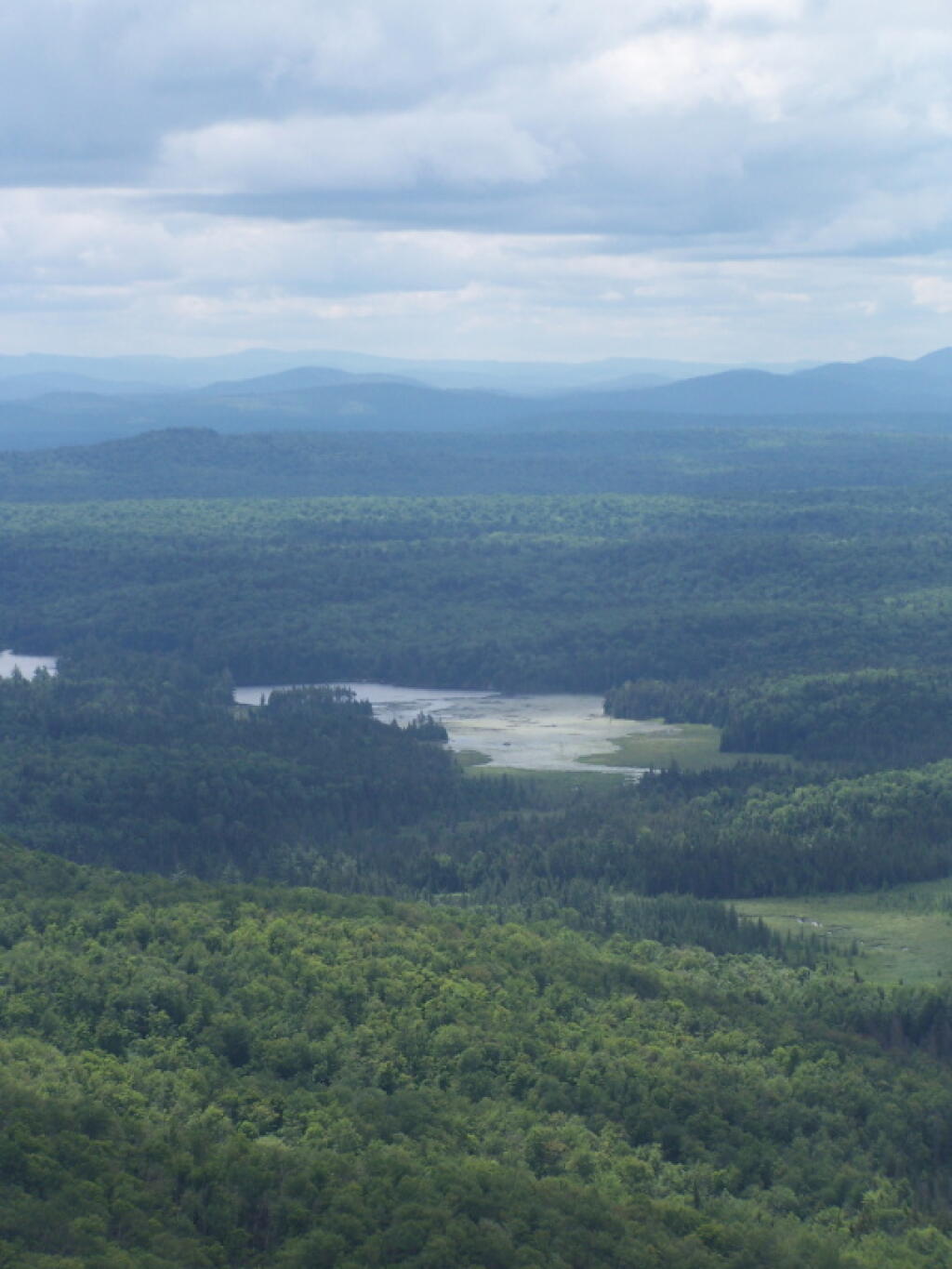
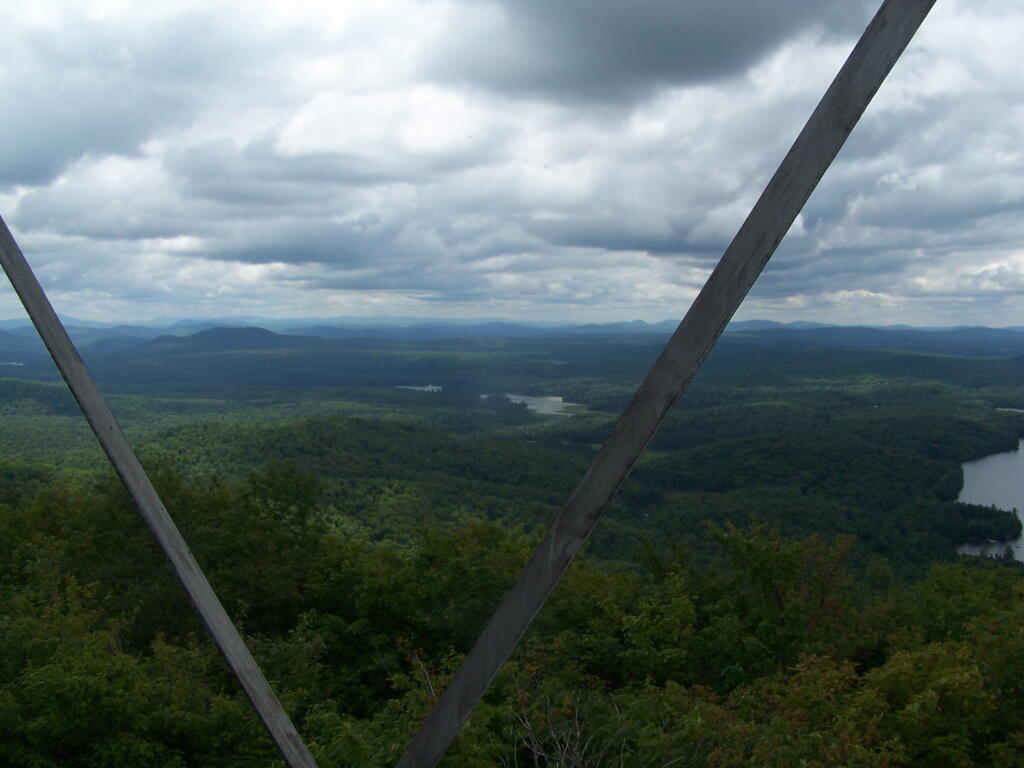
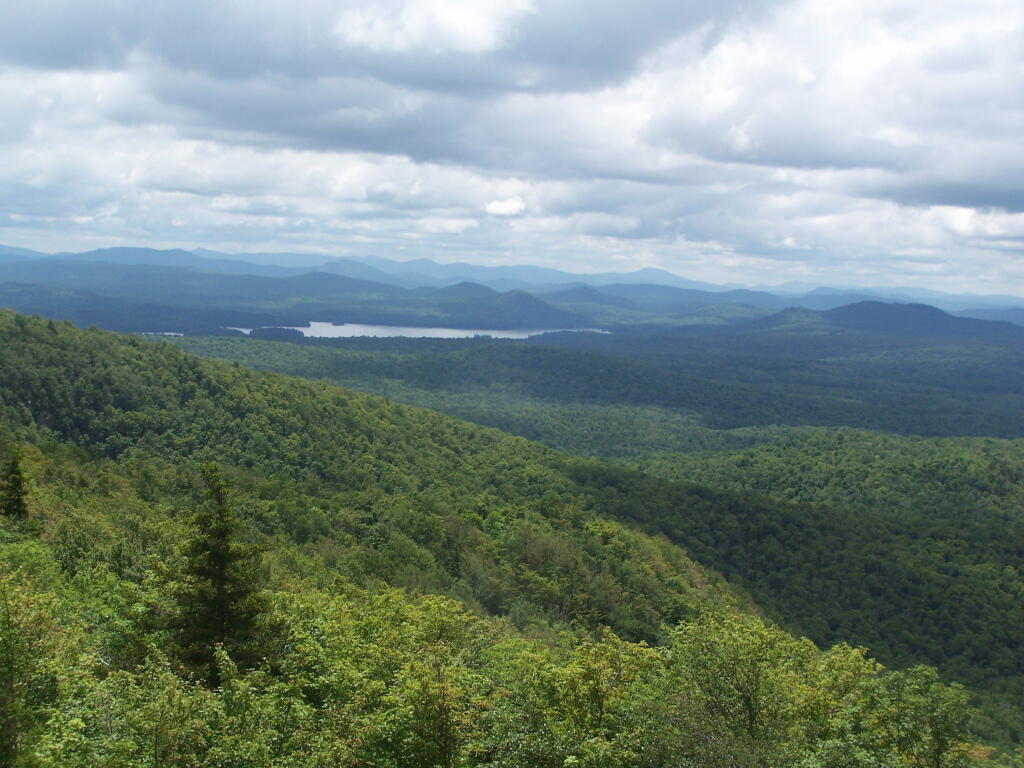
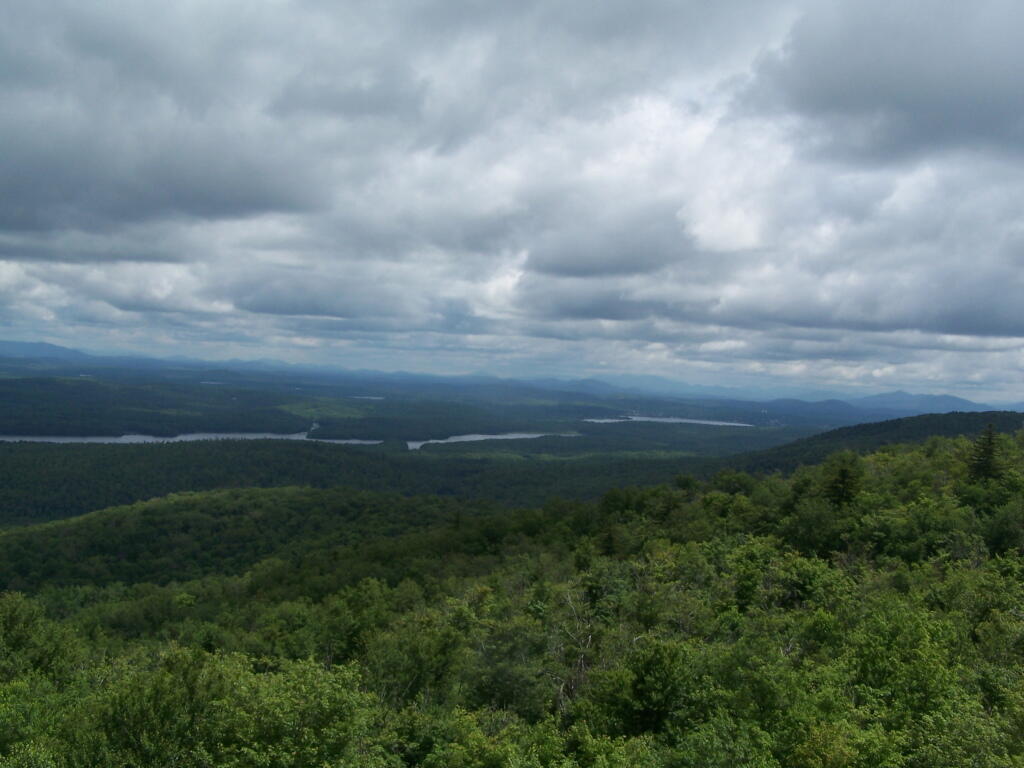
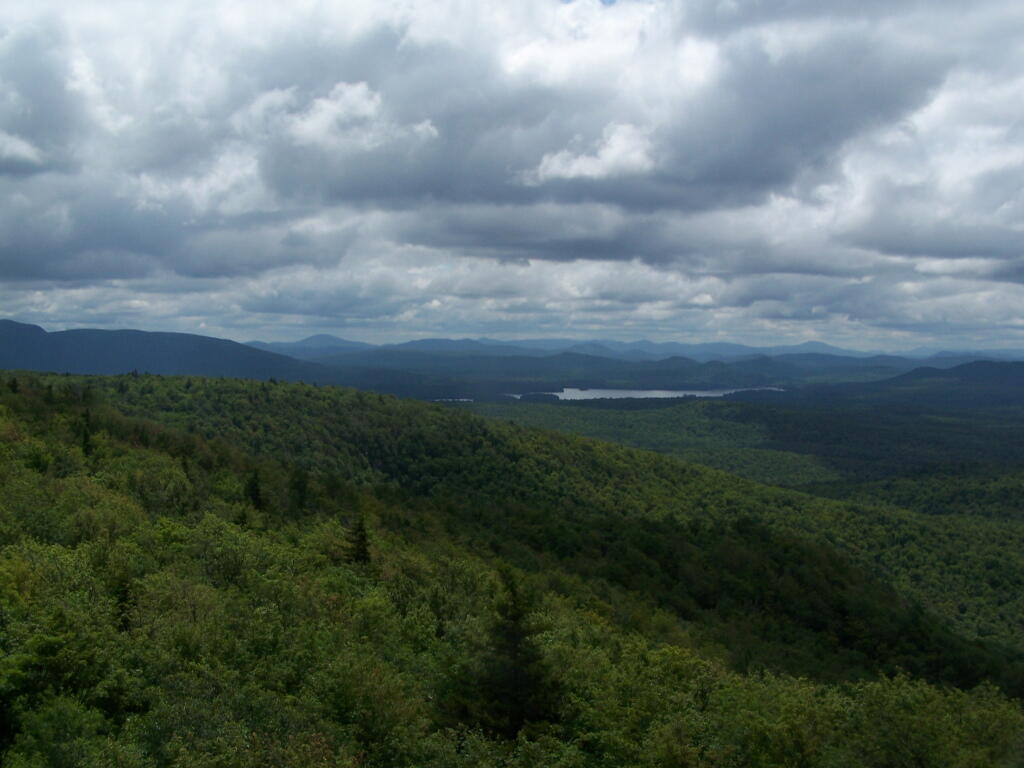

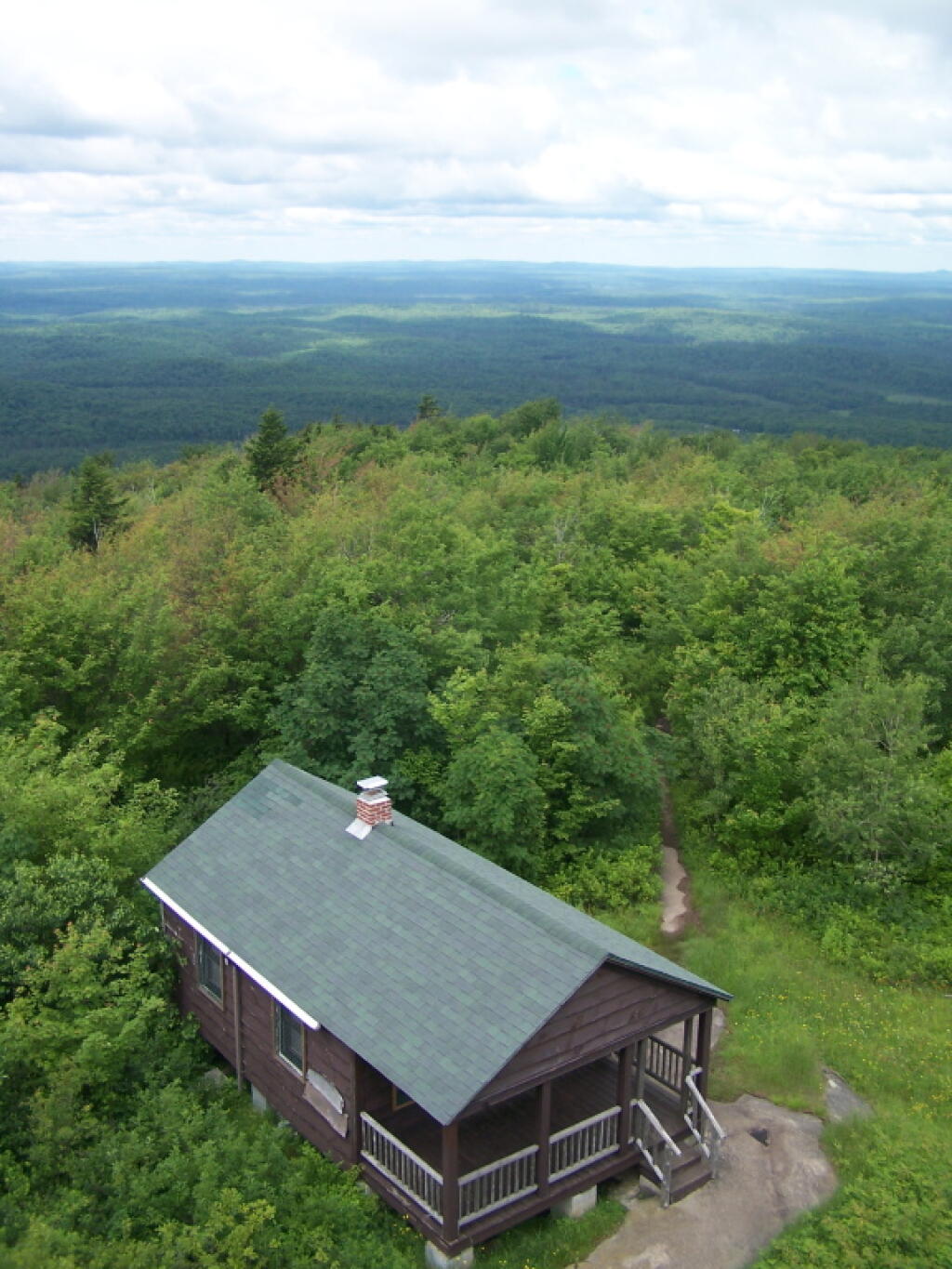
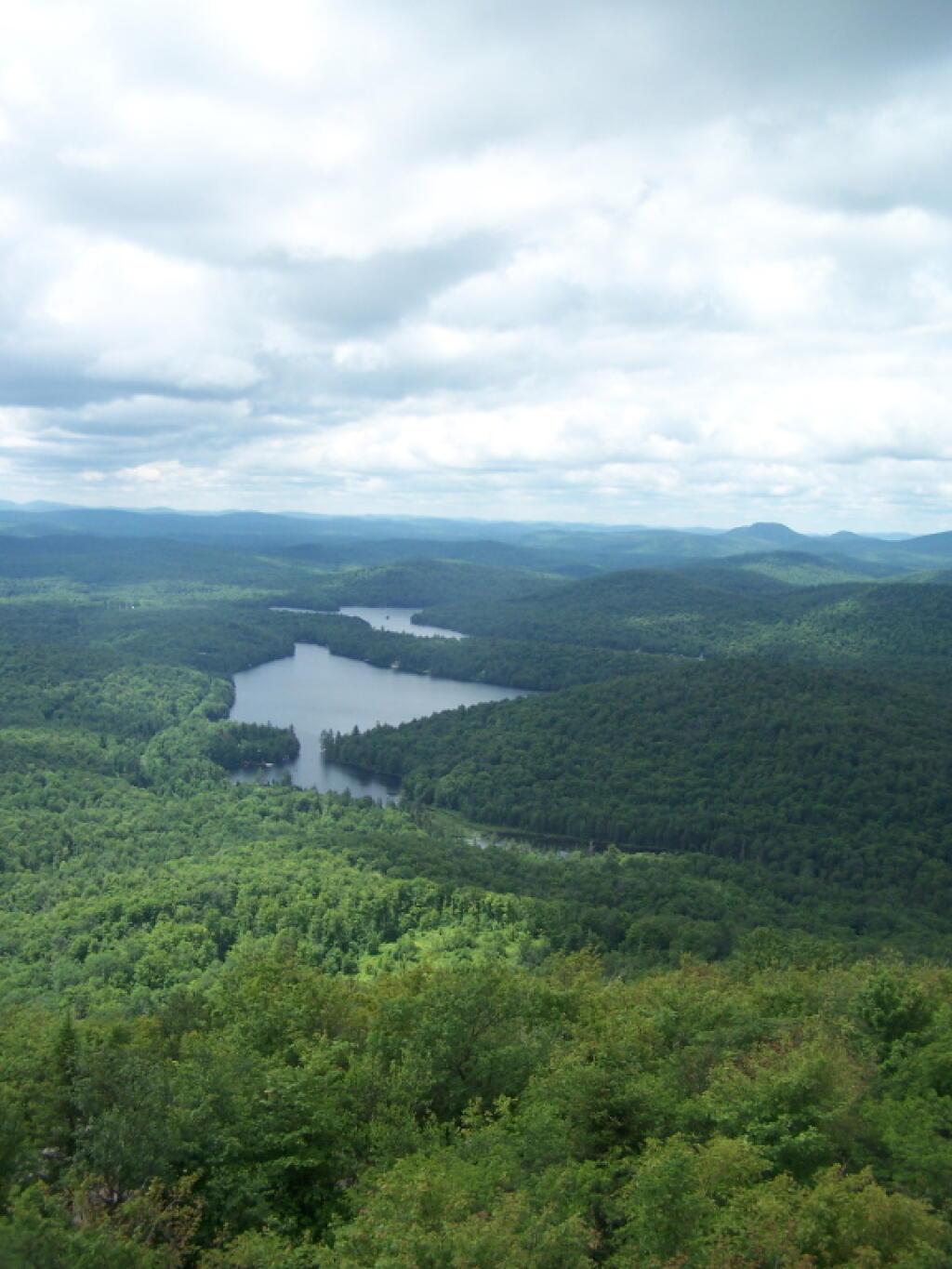
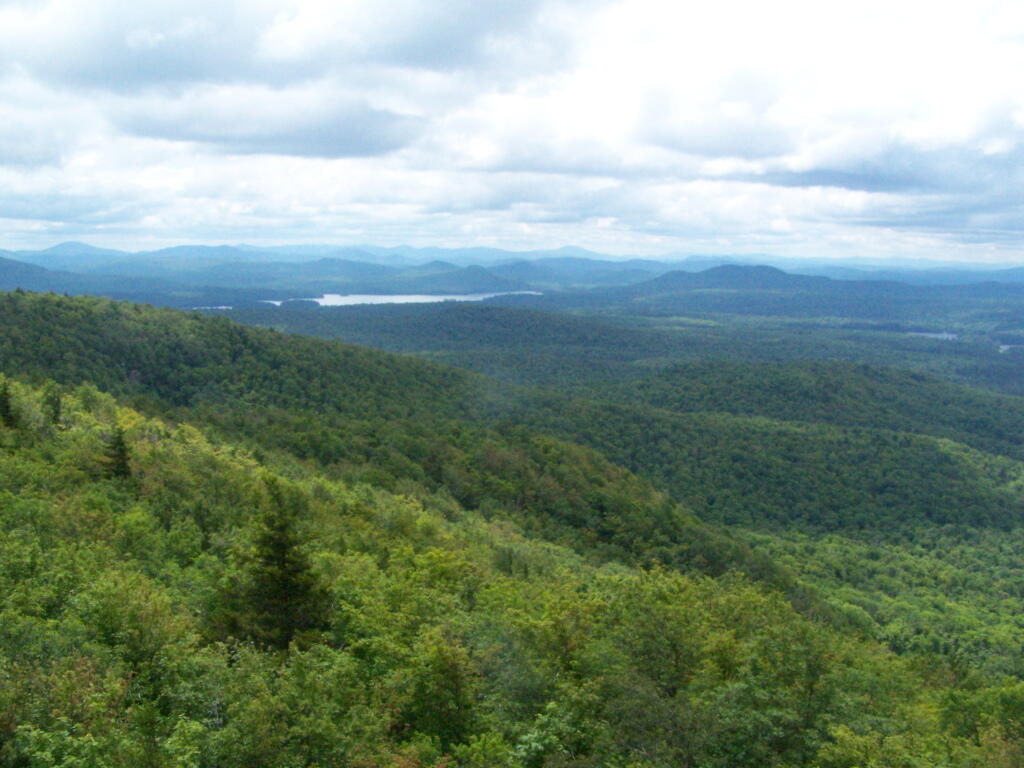
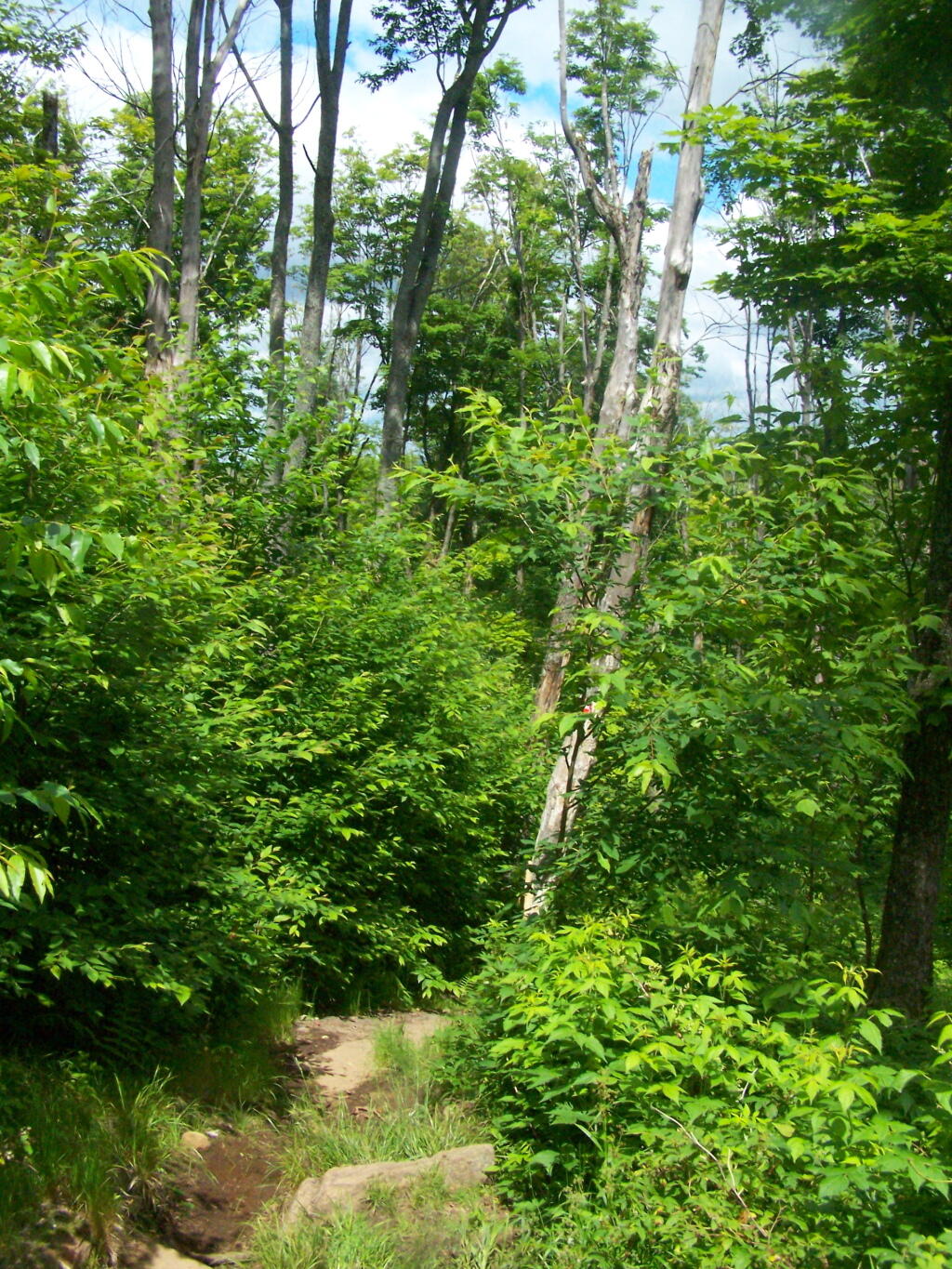
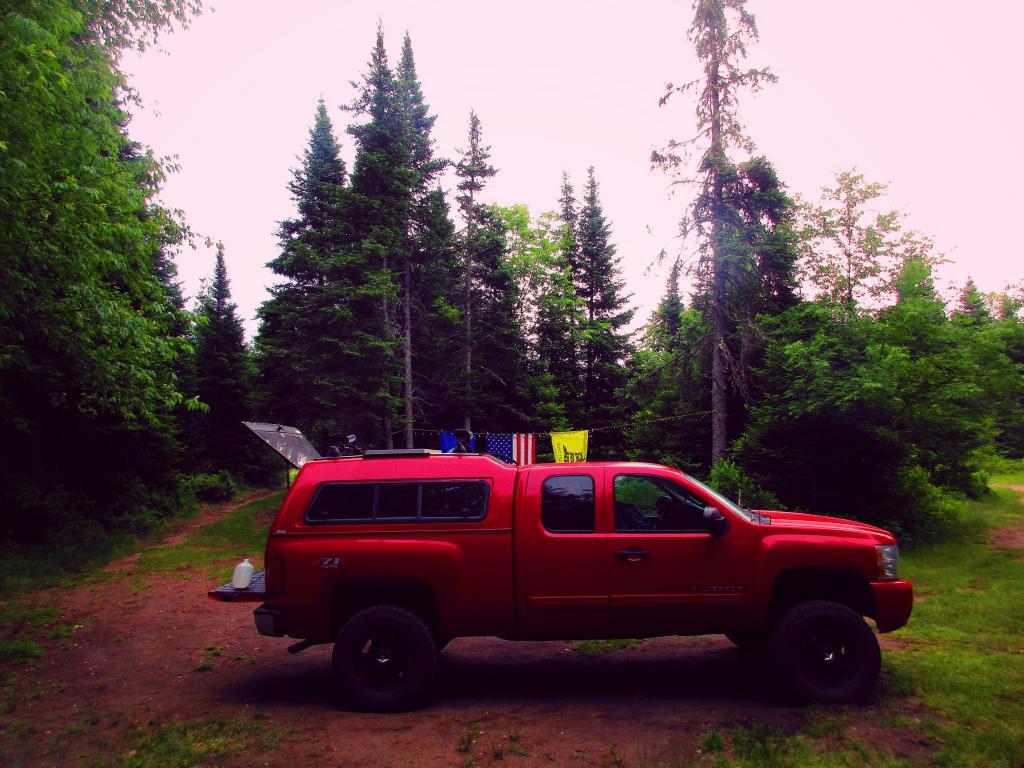
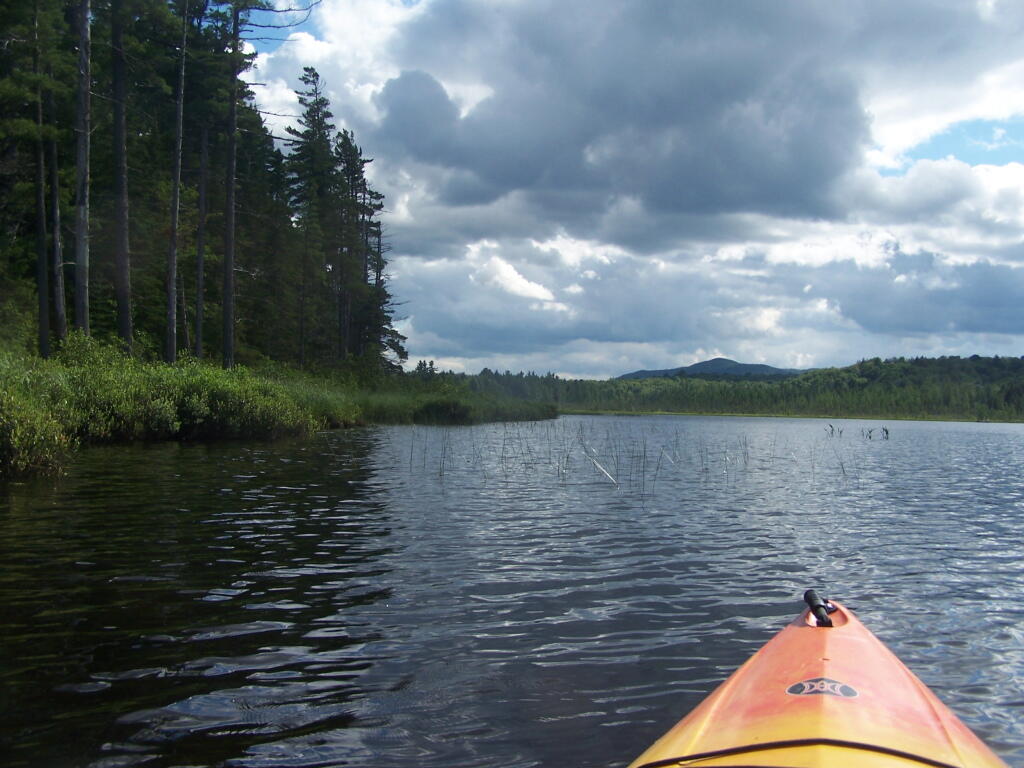
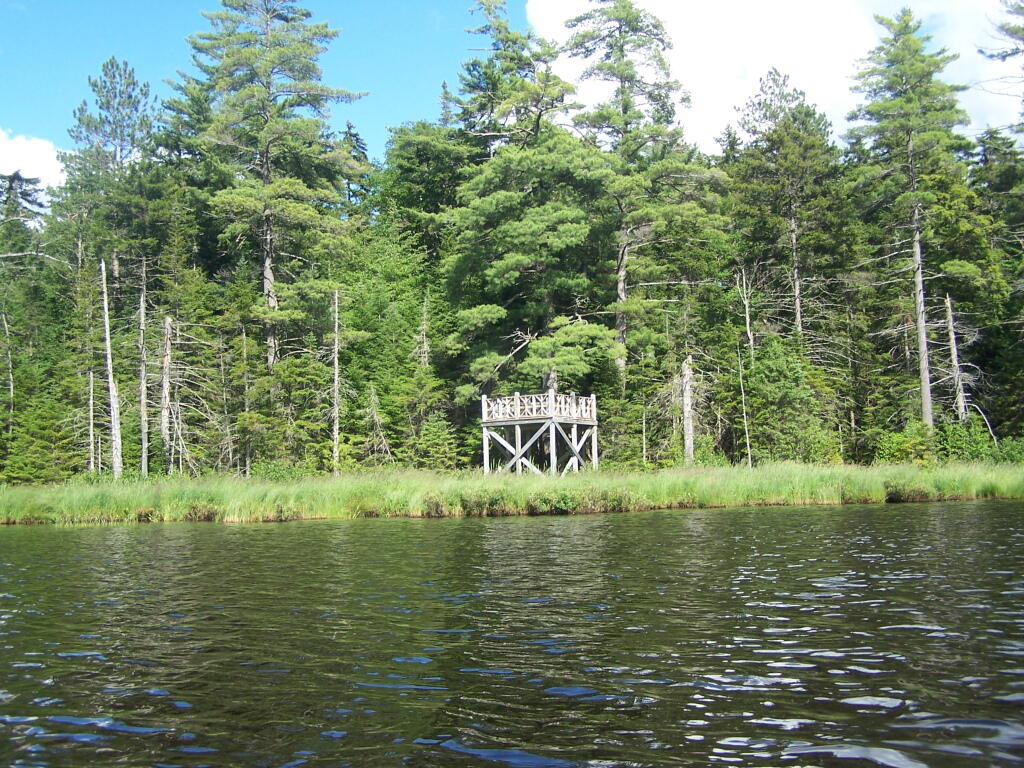
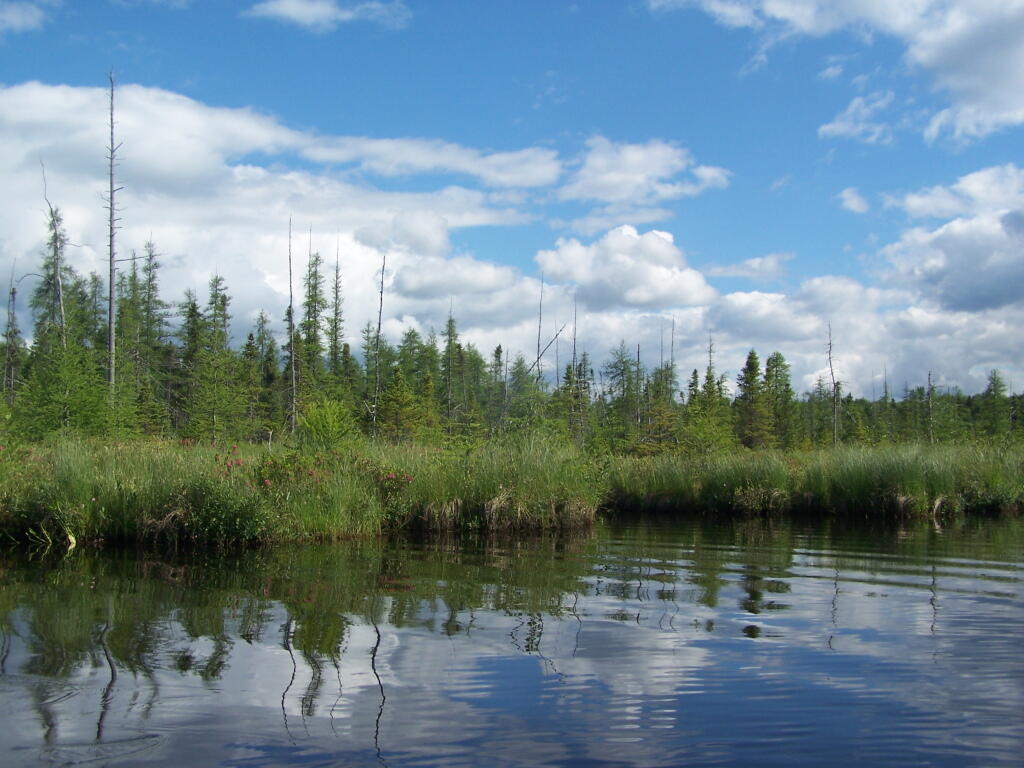
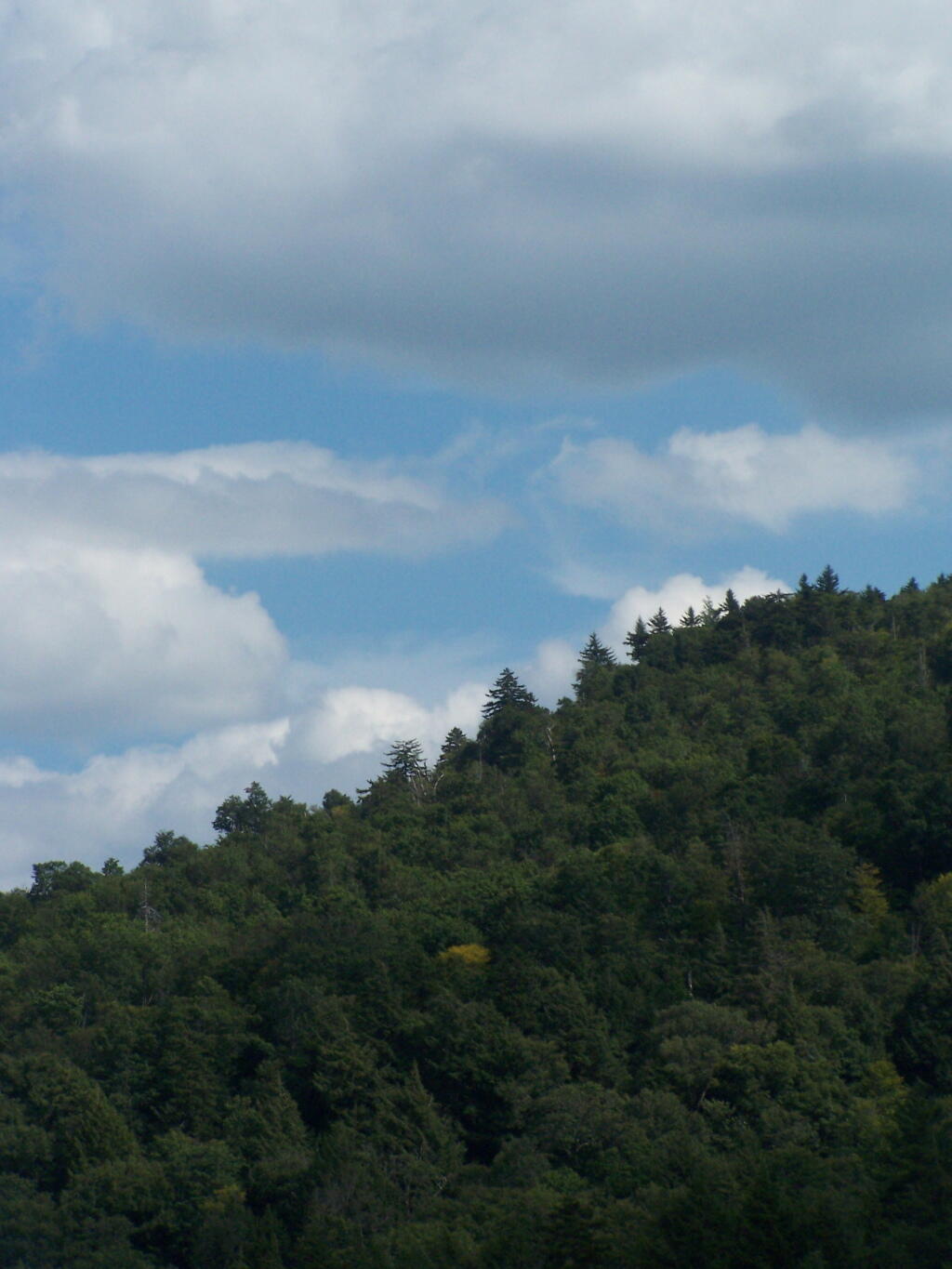
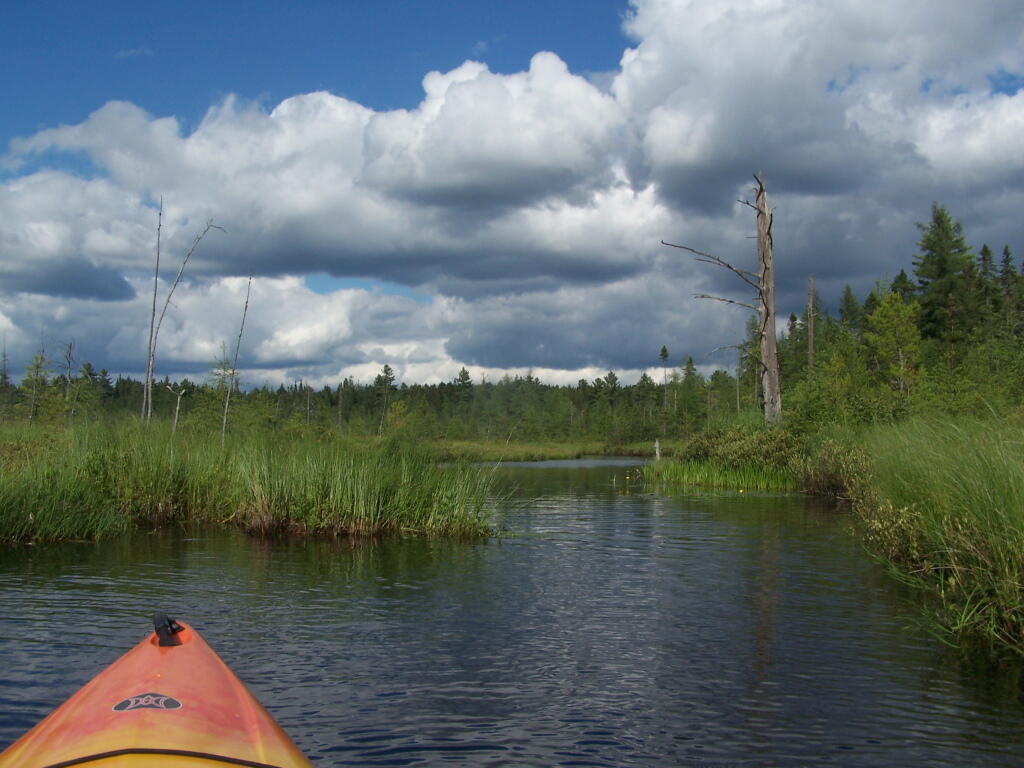



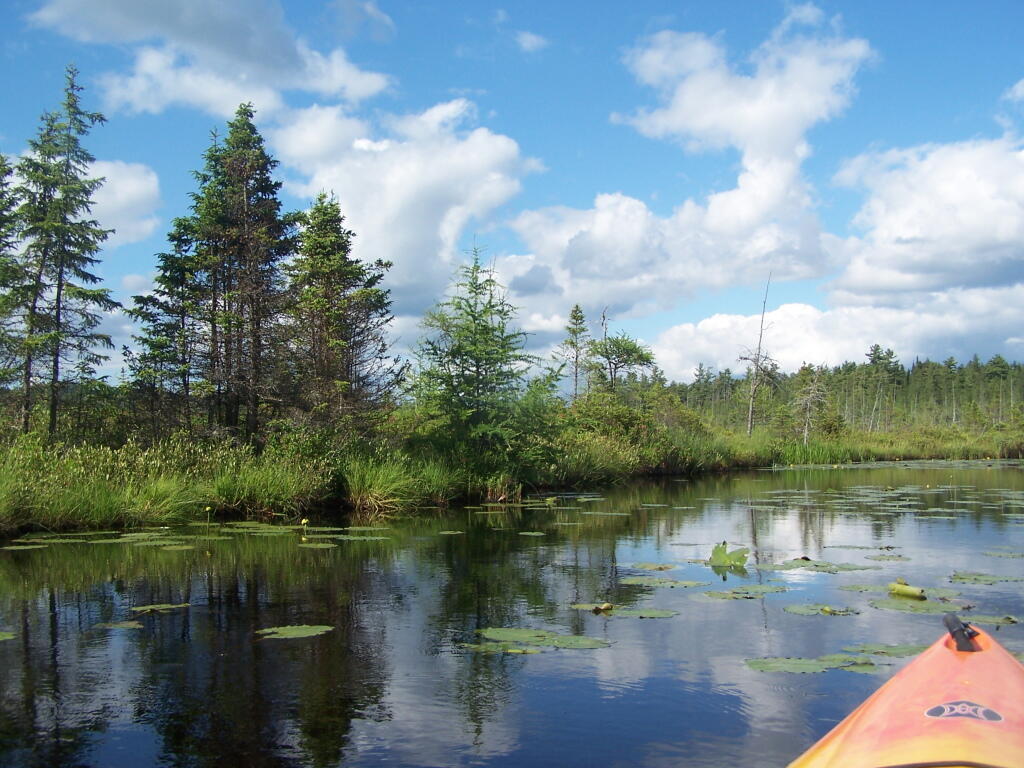
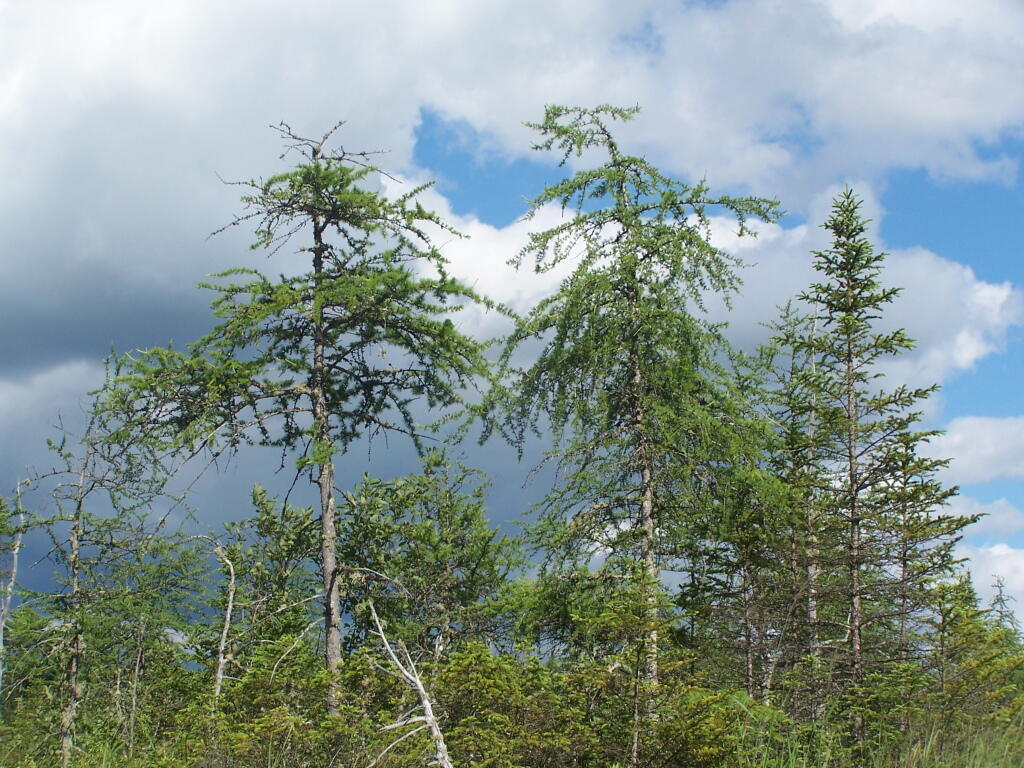


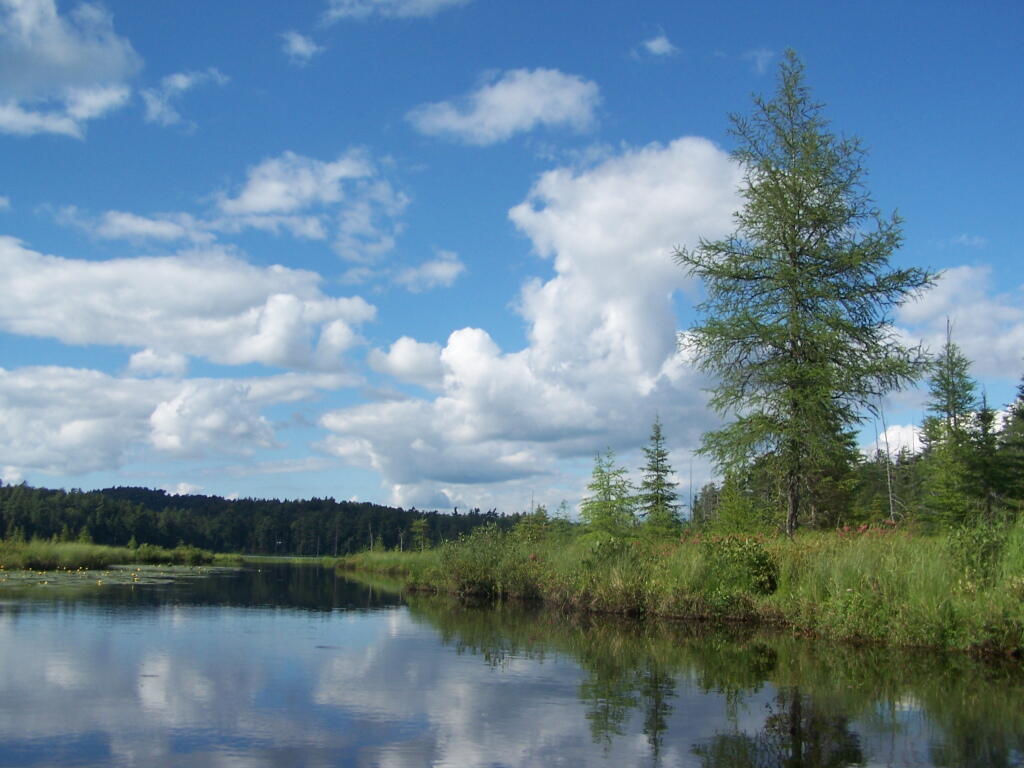
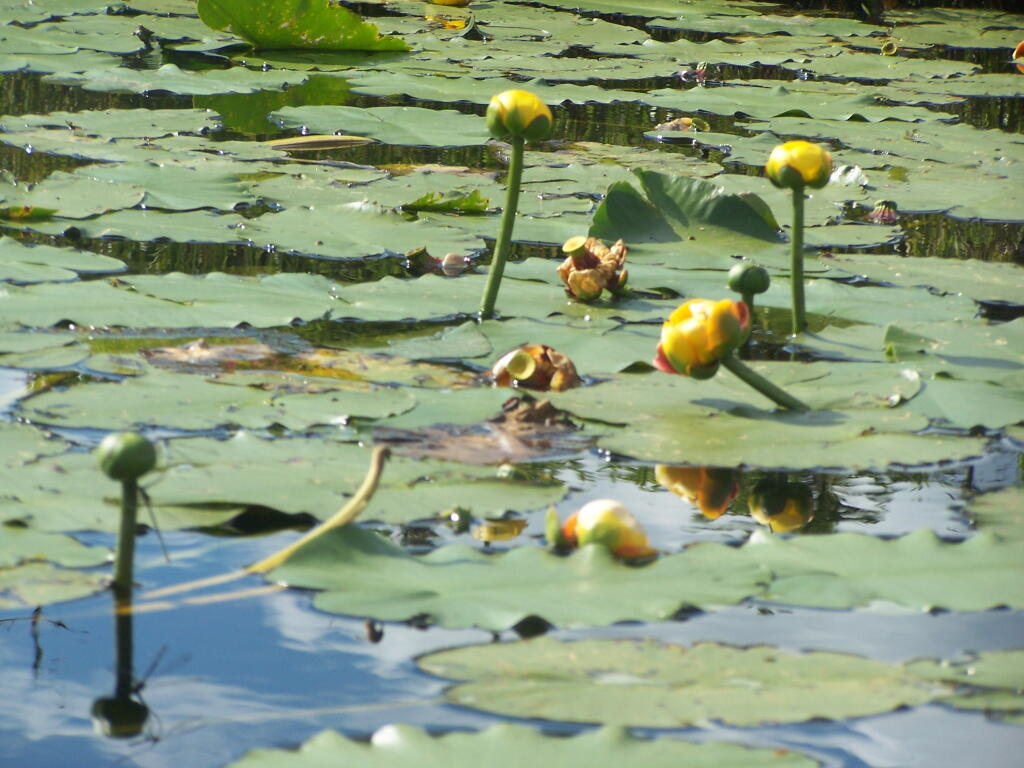
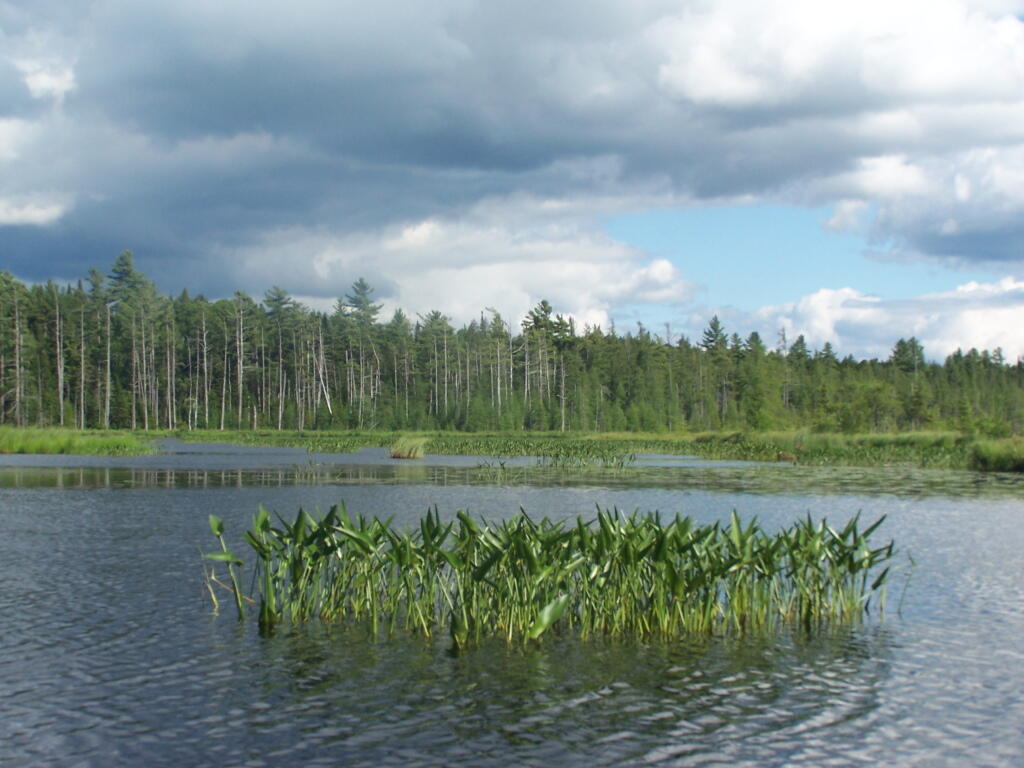
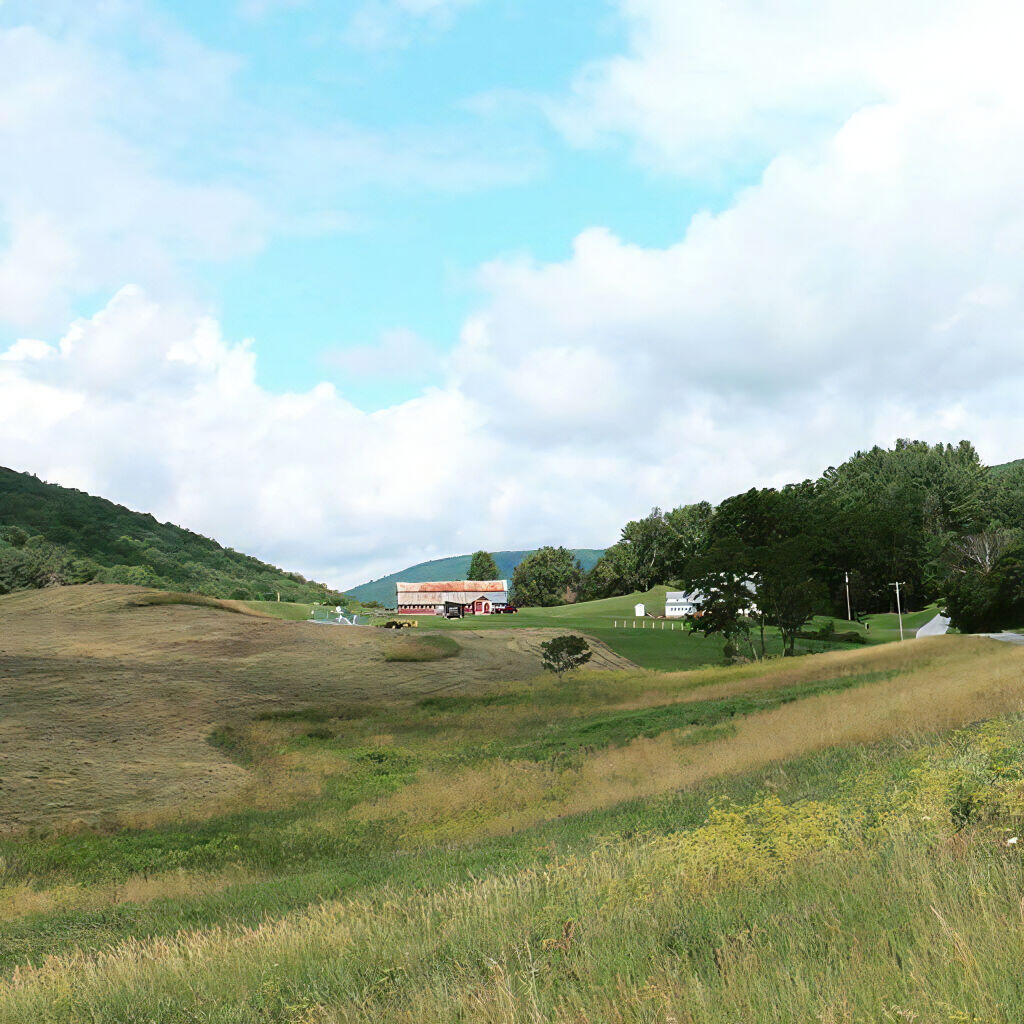
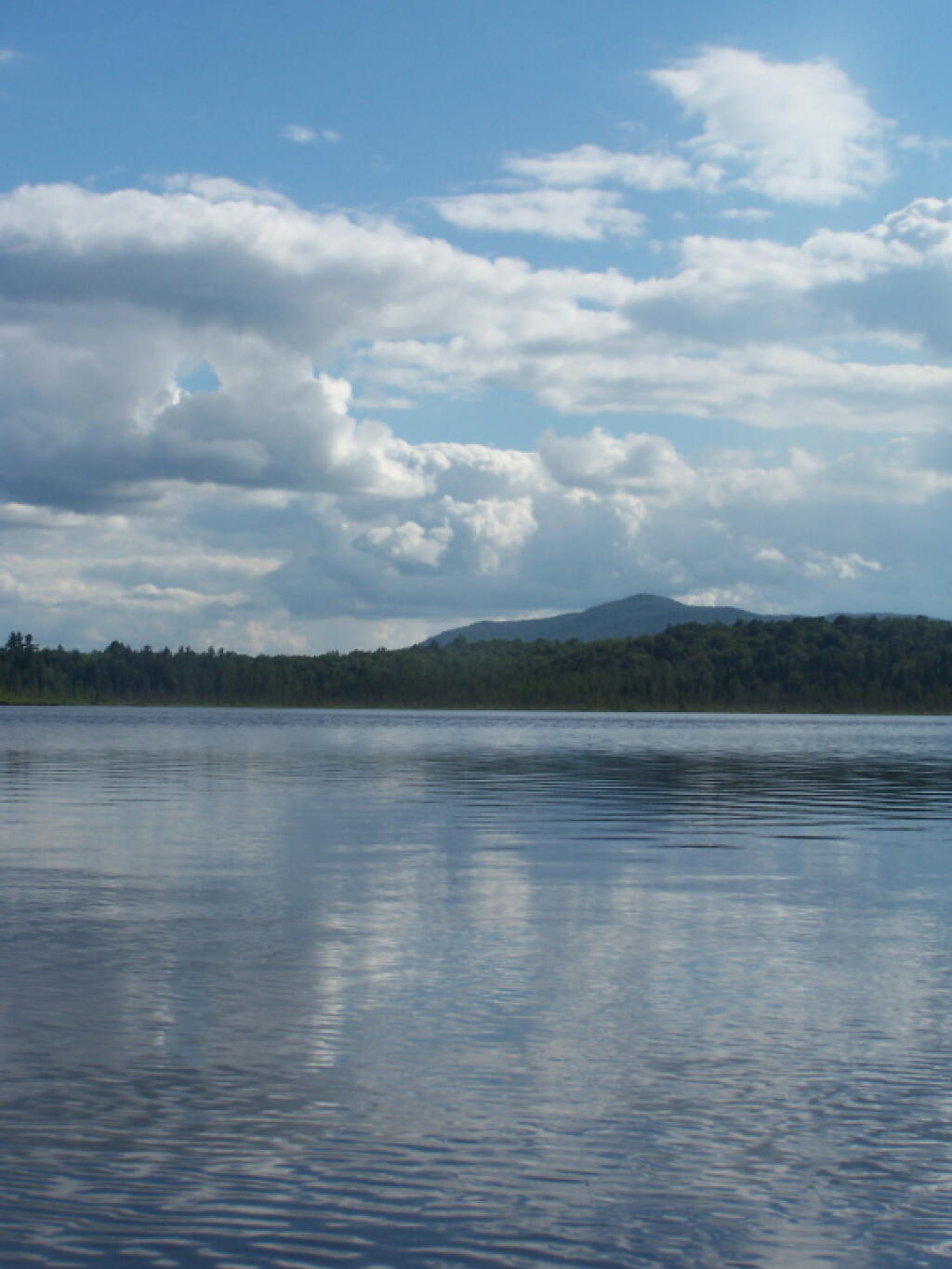
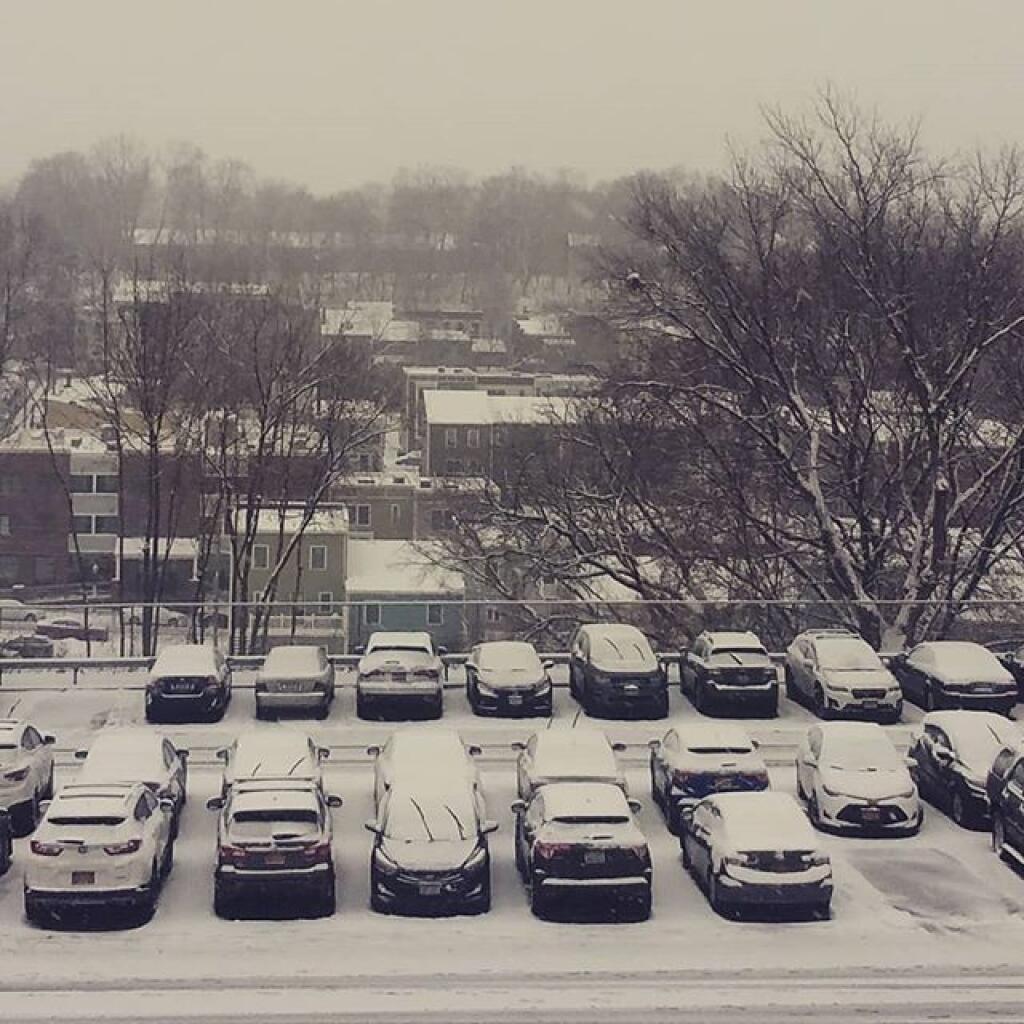
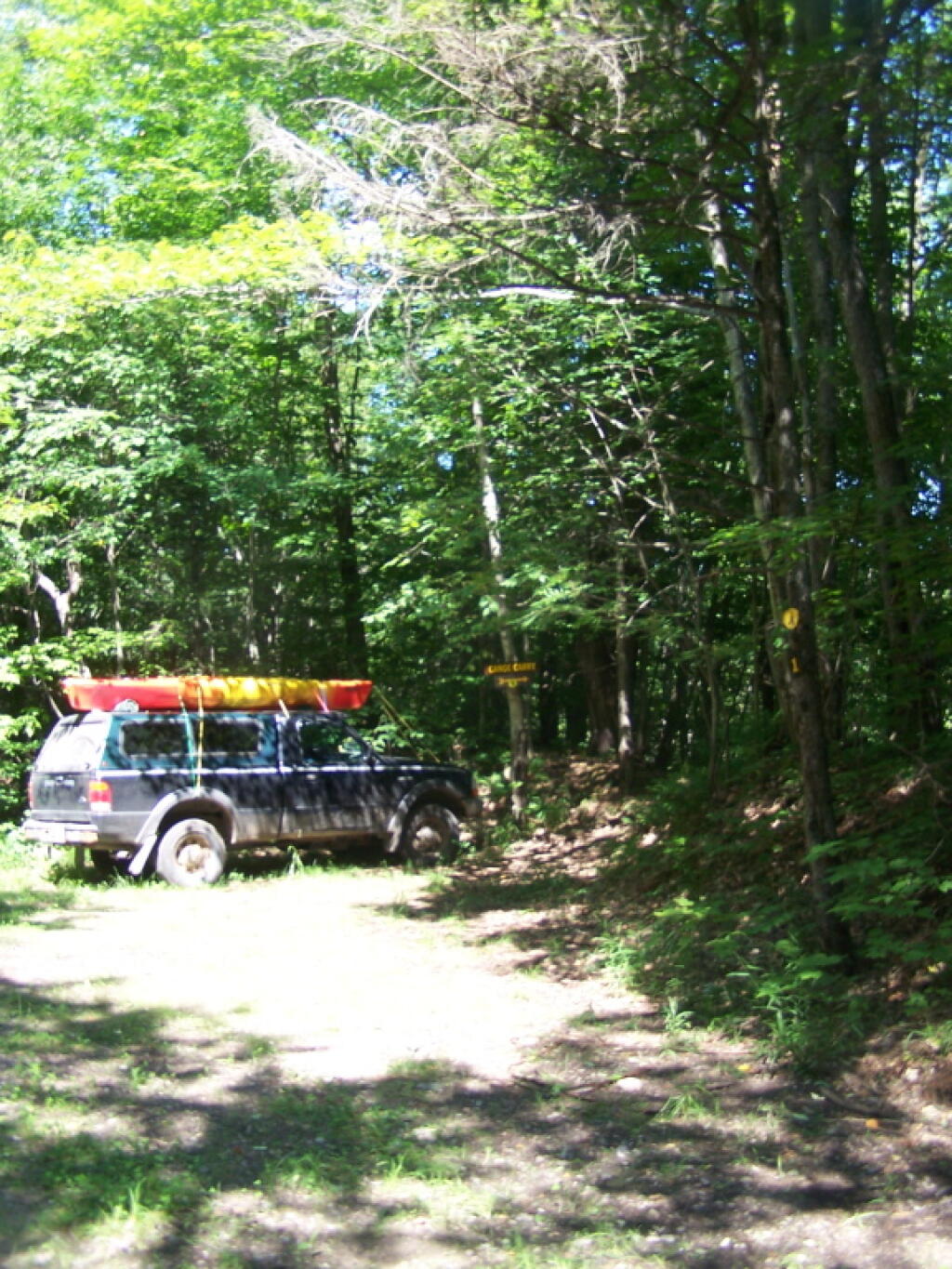
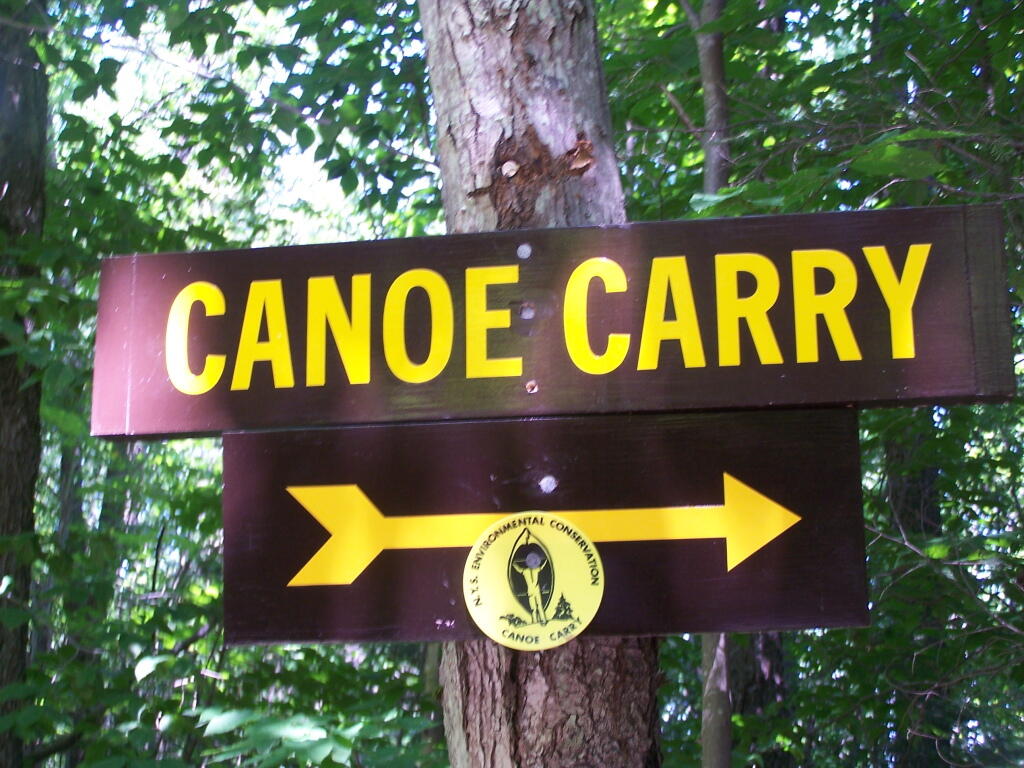


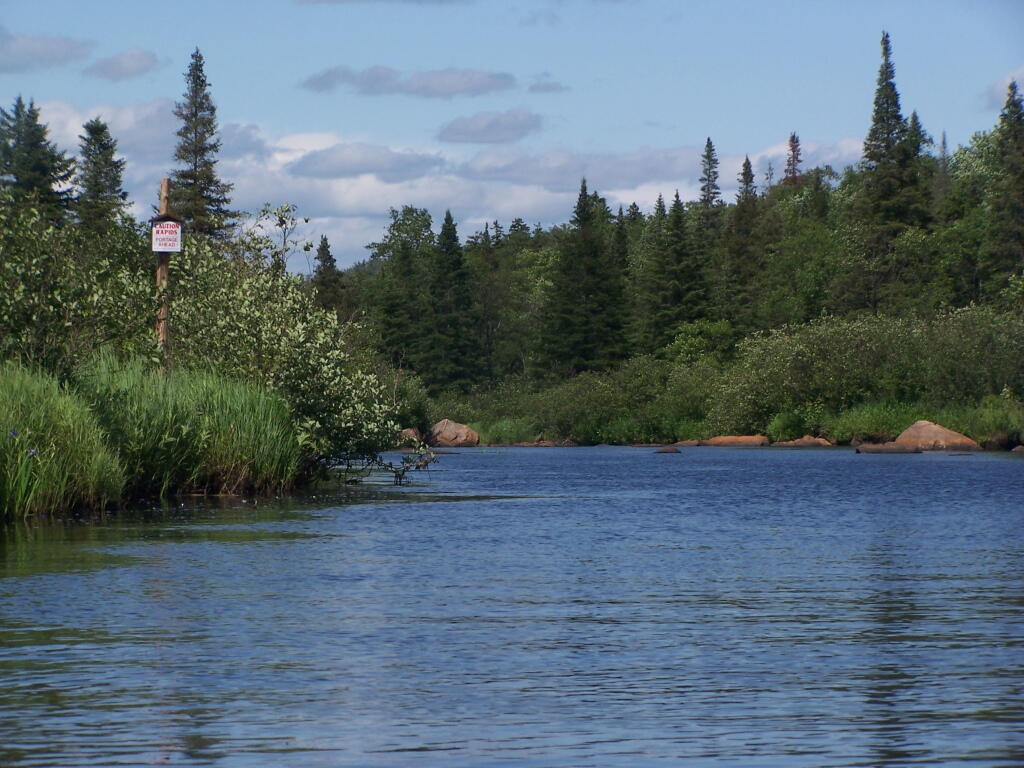
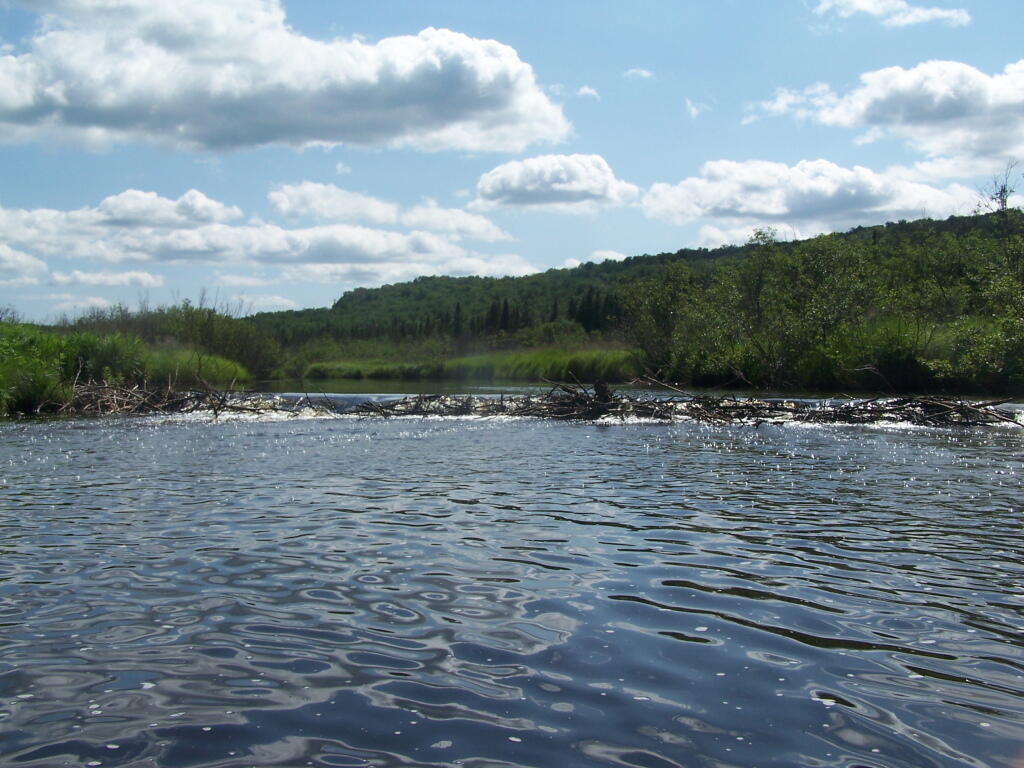

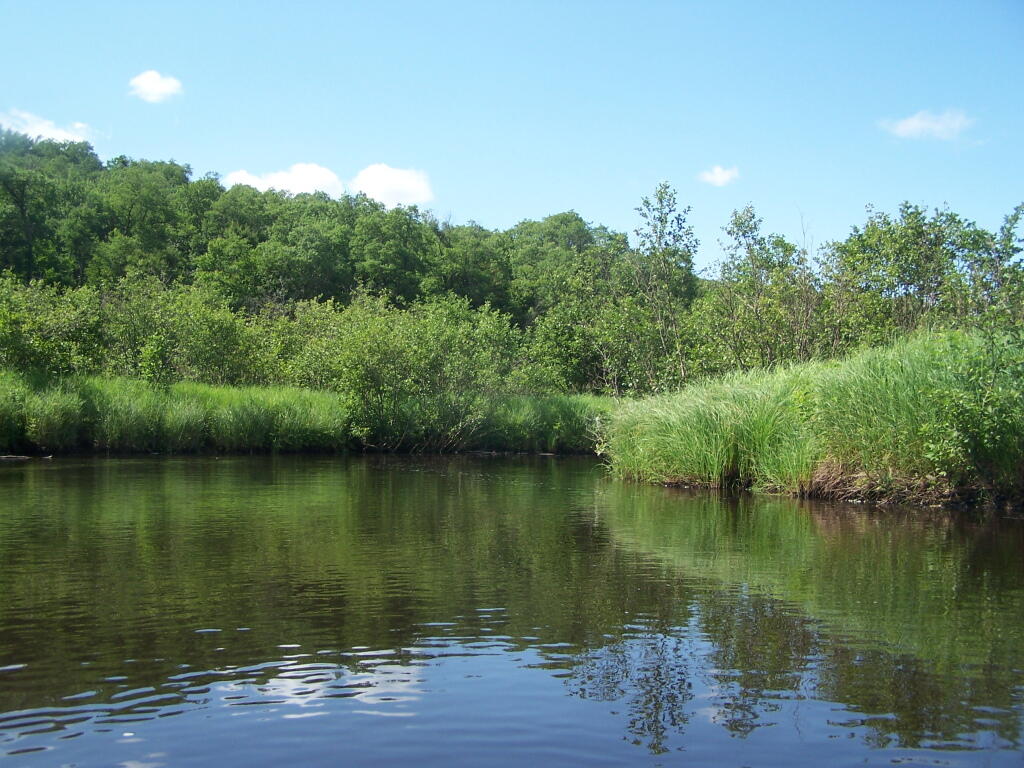
![Untitled [Expires December 16 2024]](https://andyarthur.org//data/photo_008174_large.jpg)
